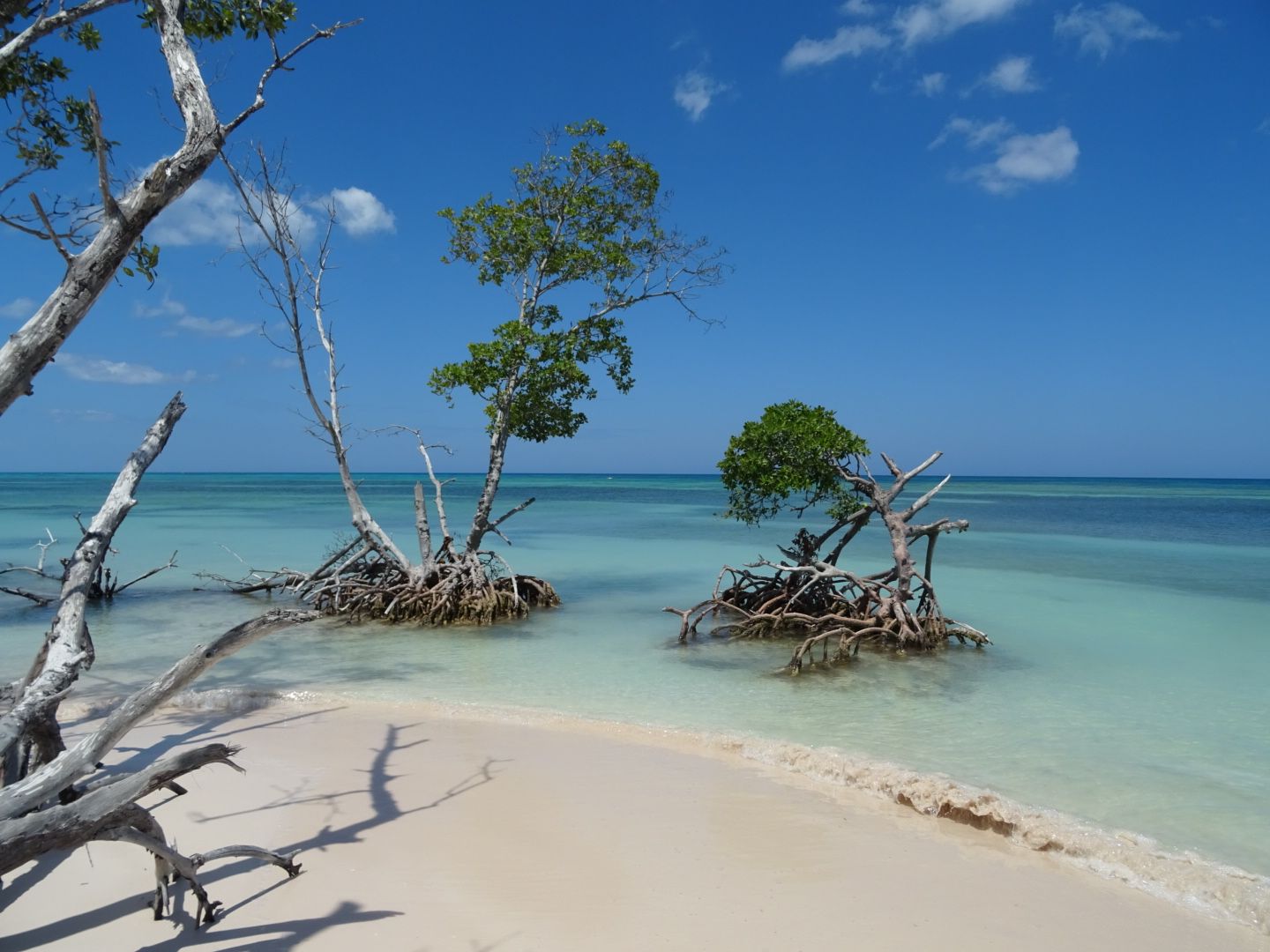Laos
प्रकाशित: 26.09.2022
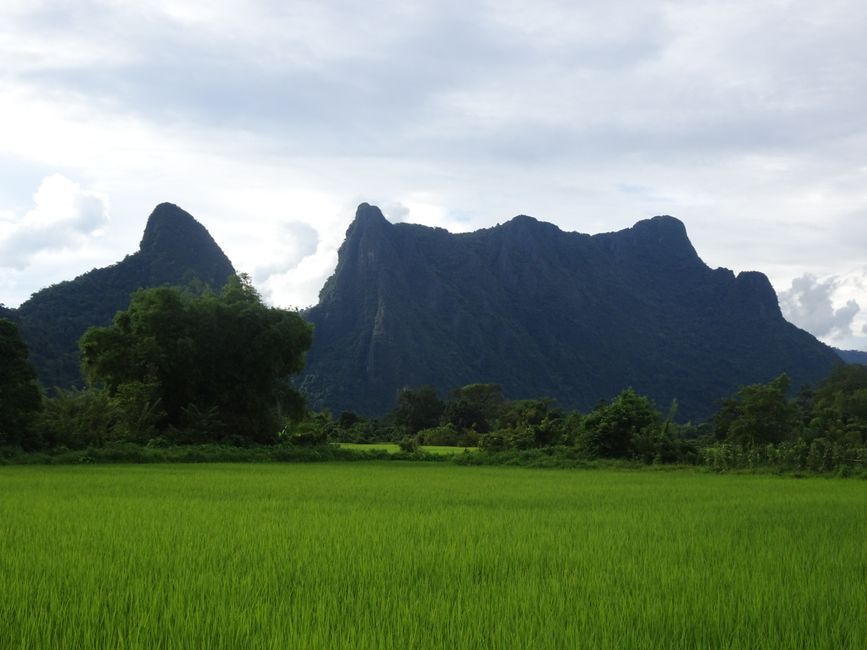
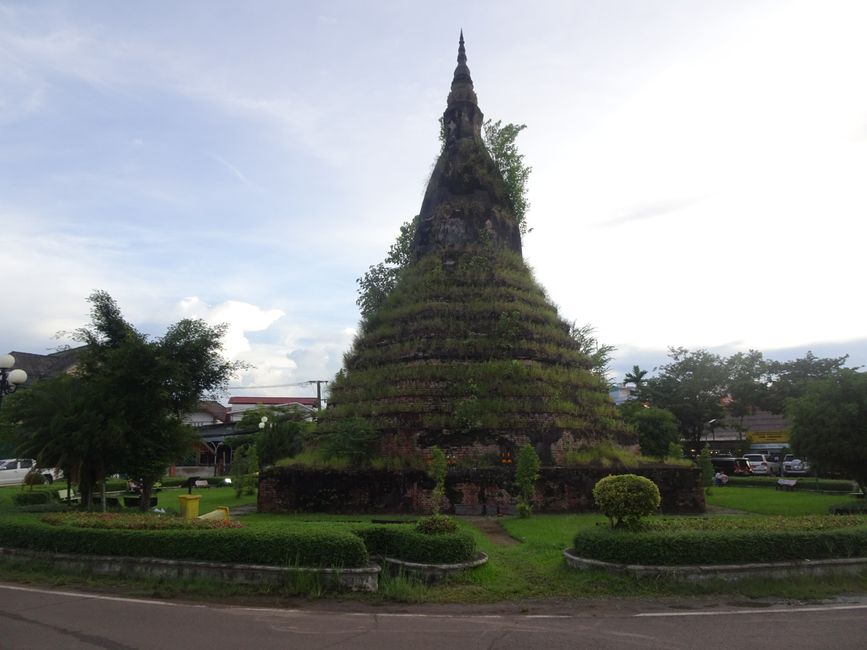
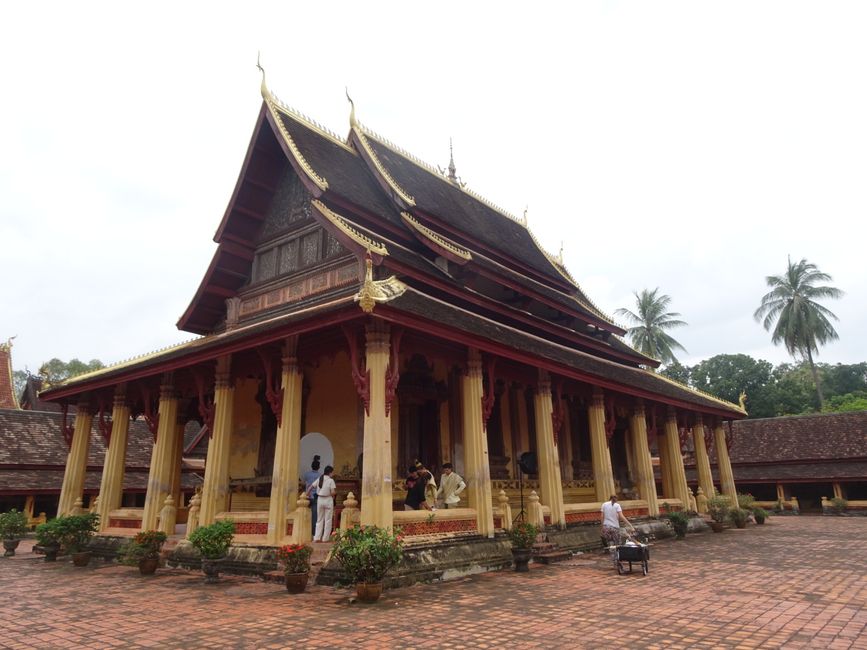
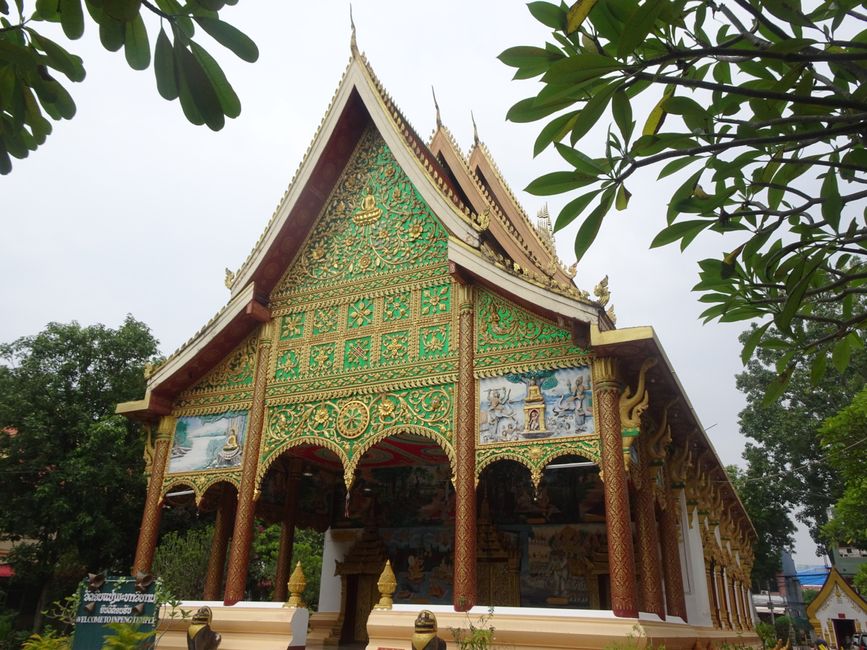
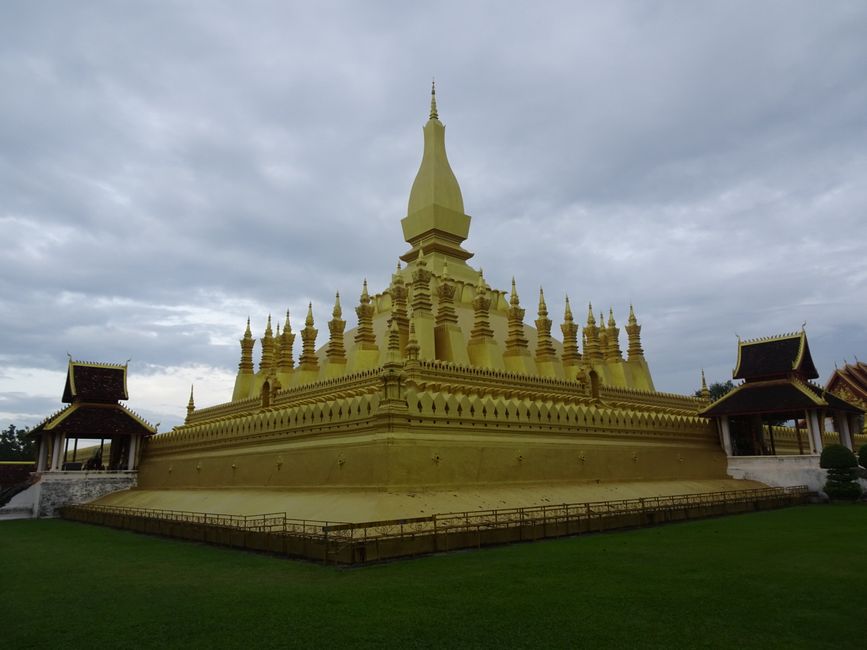
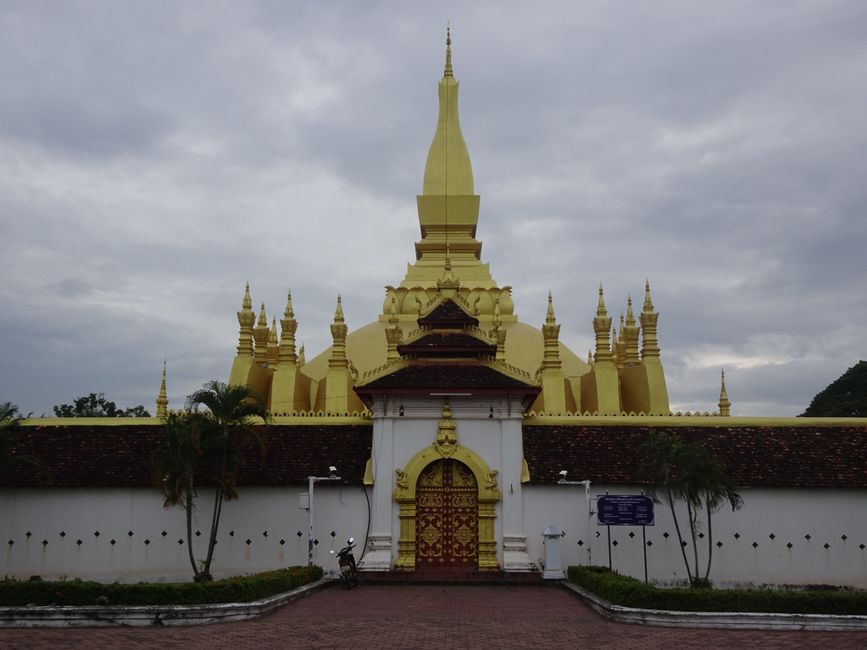
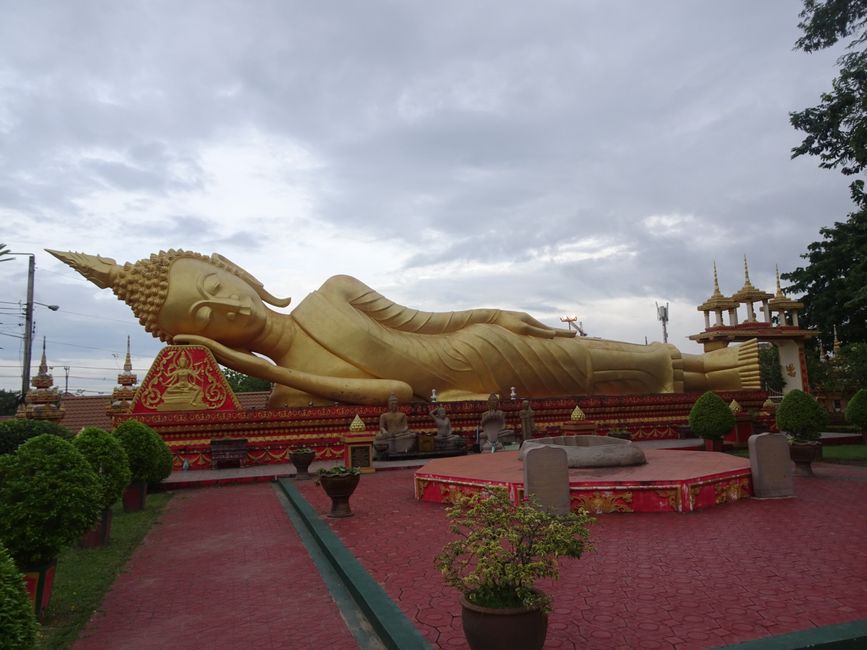
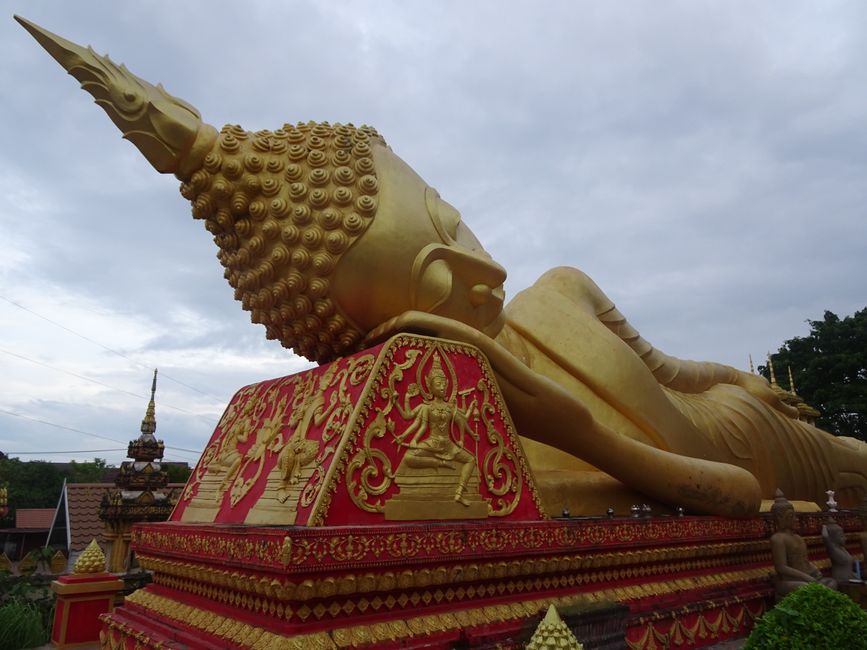
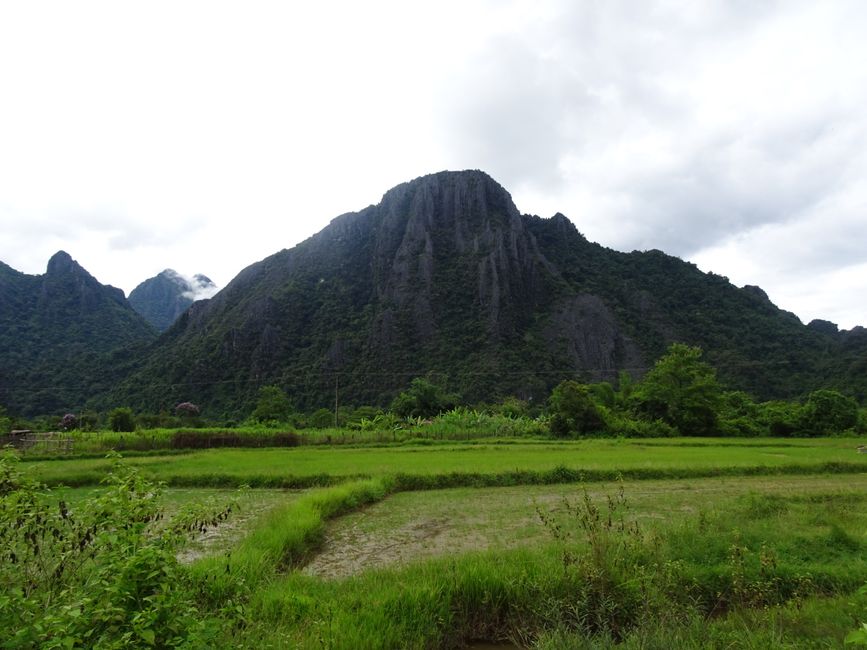
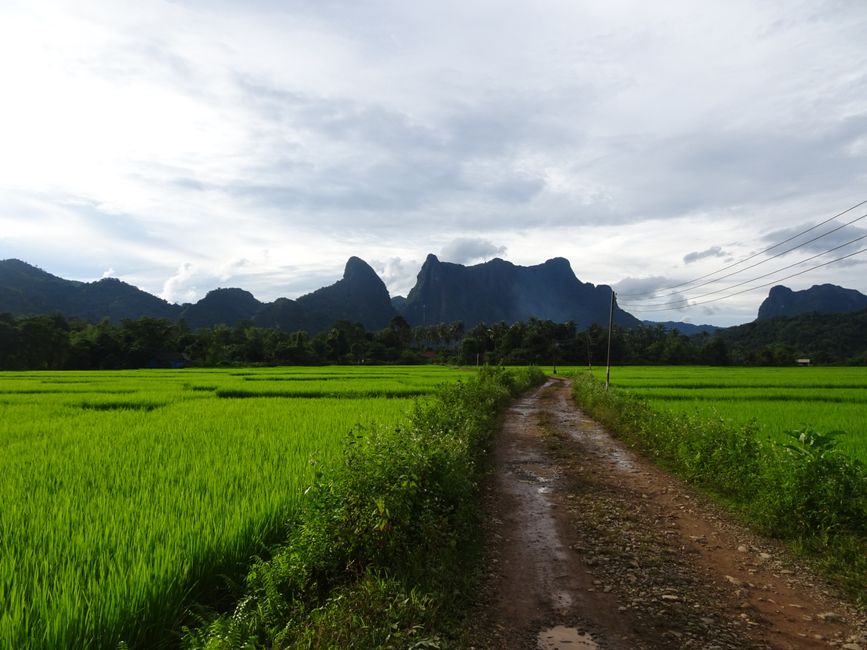
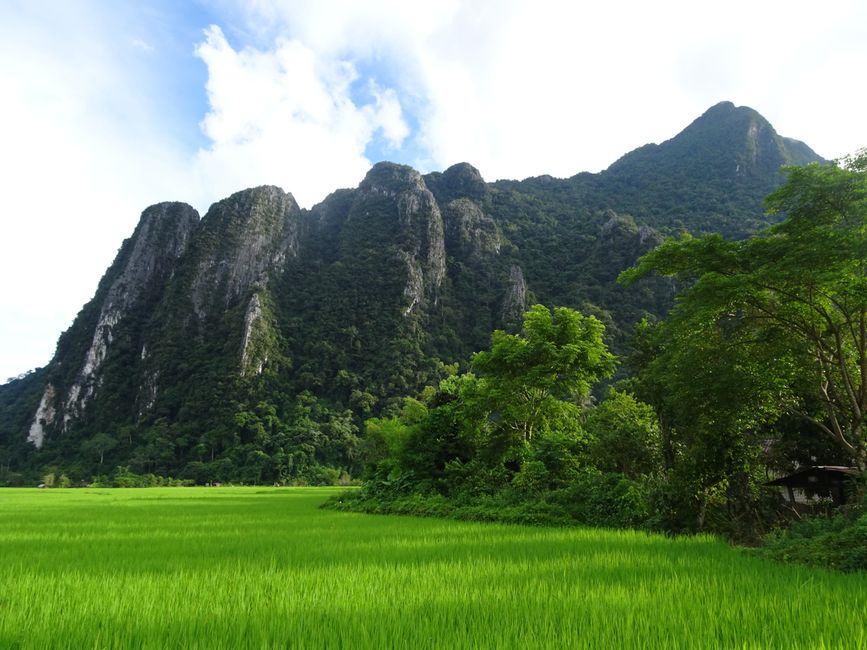
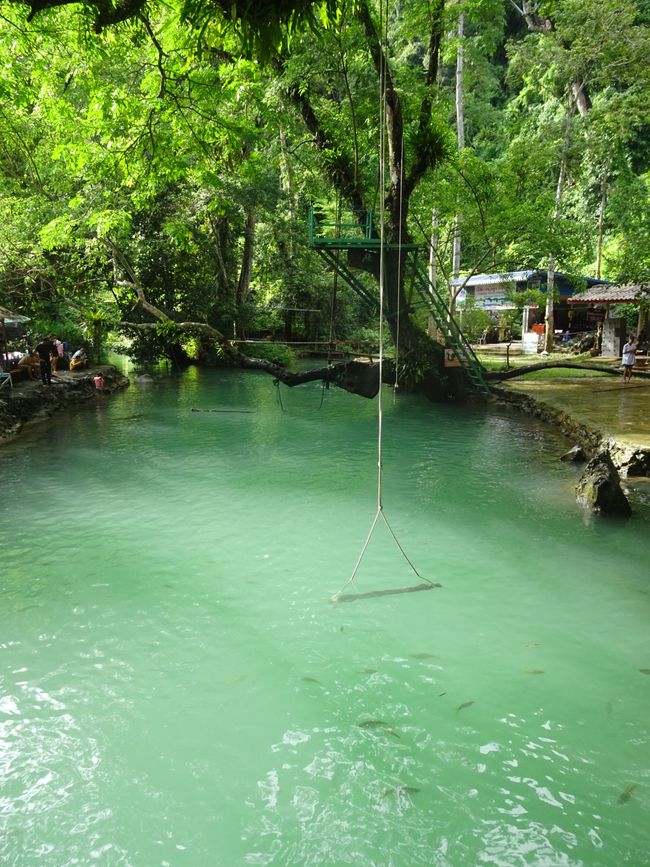
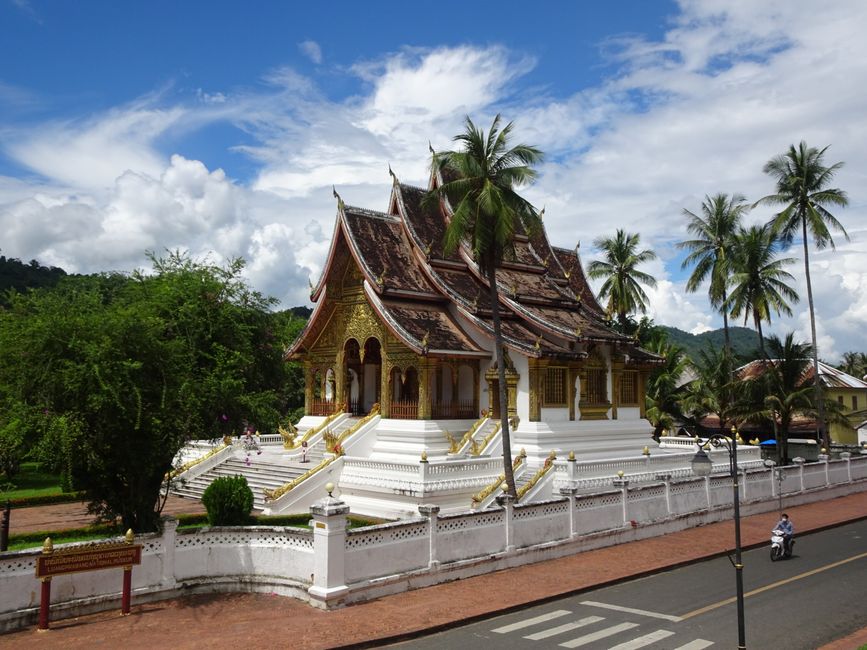
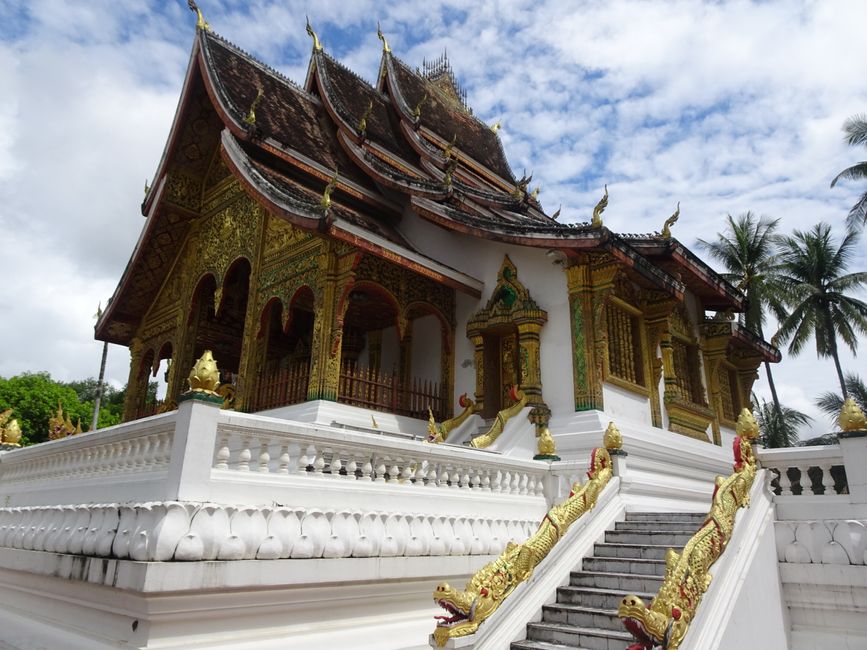
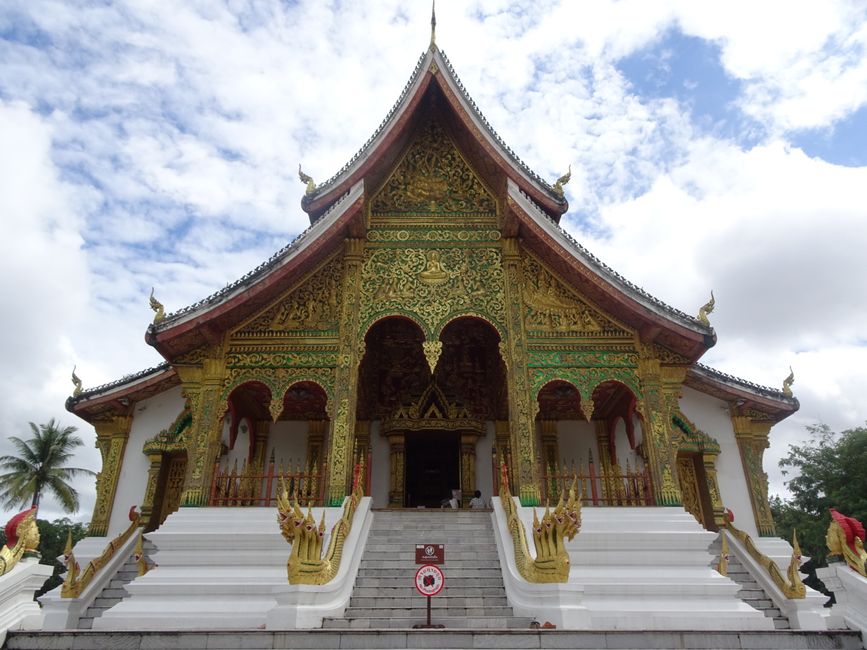
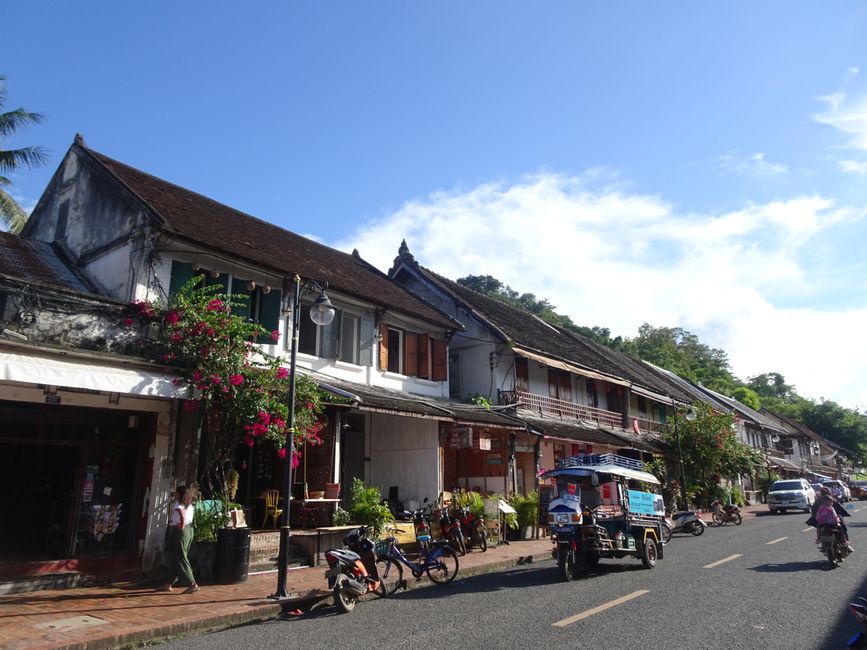
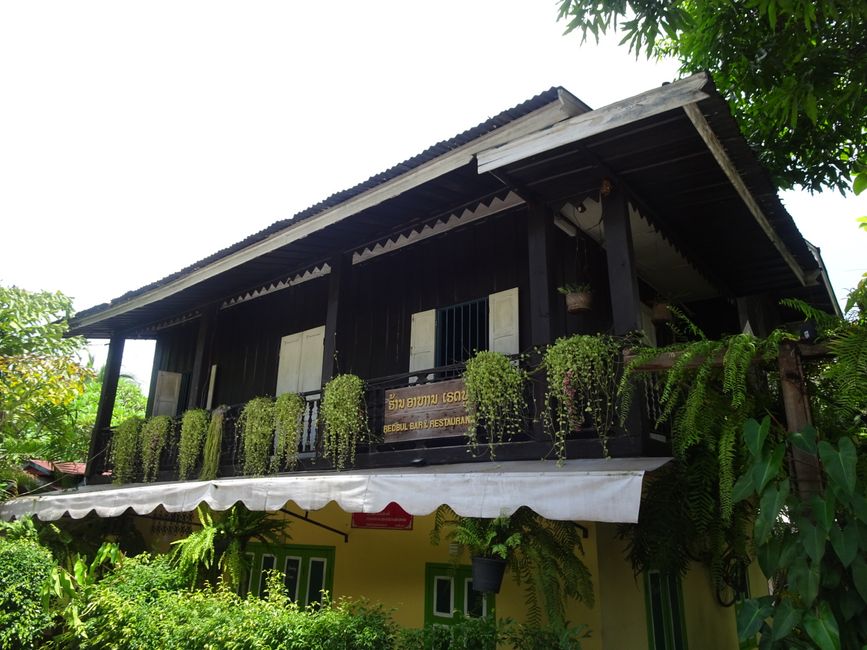
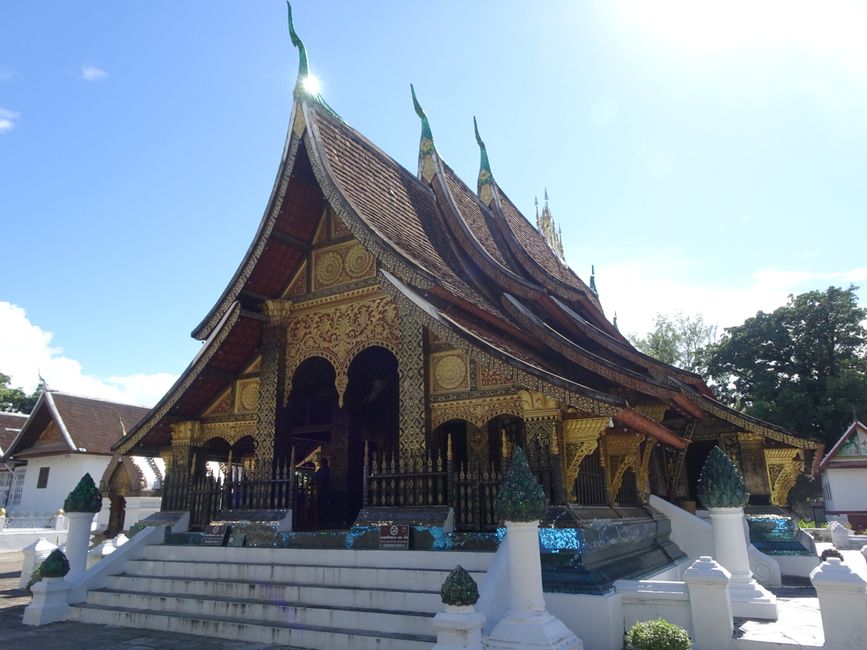
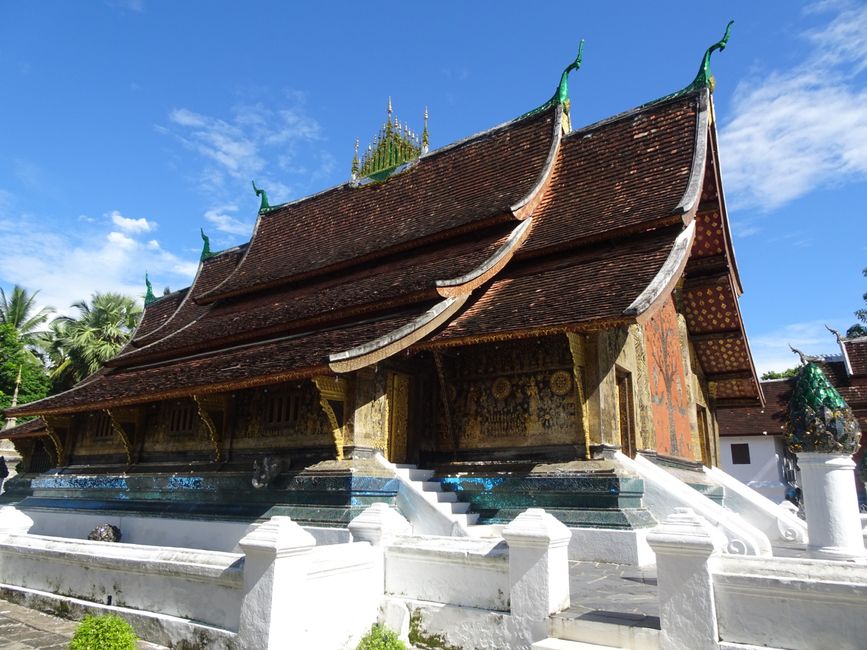
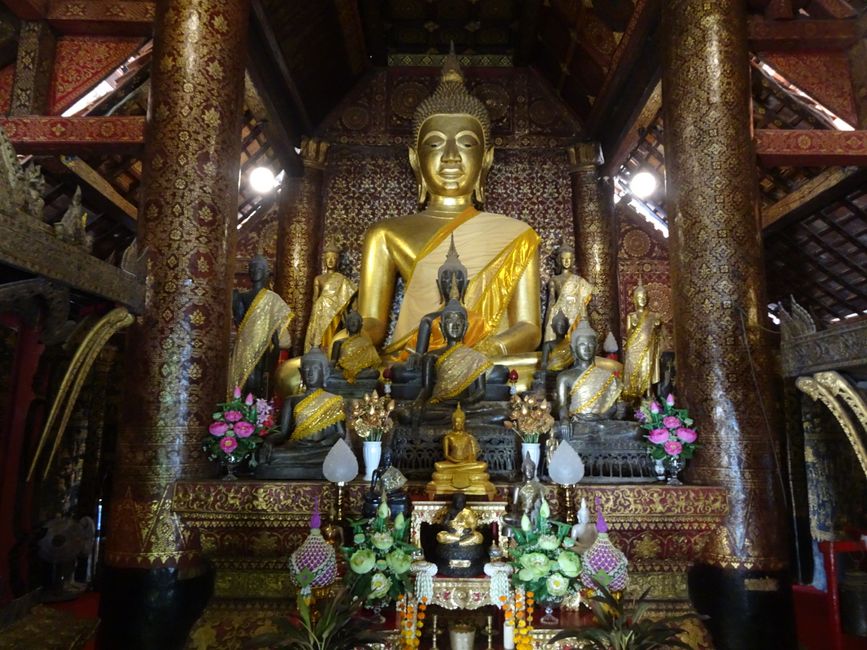
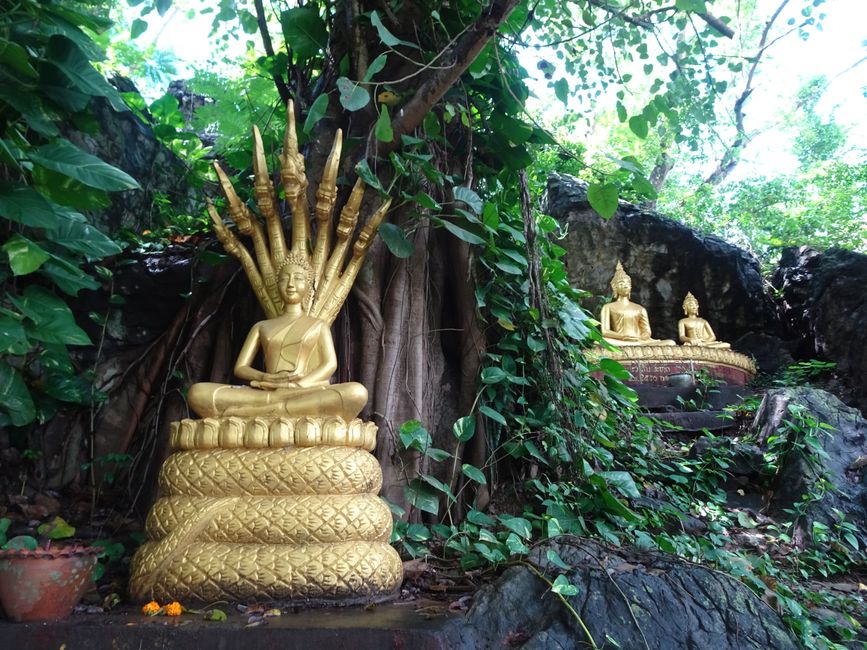
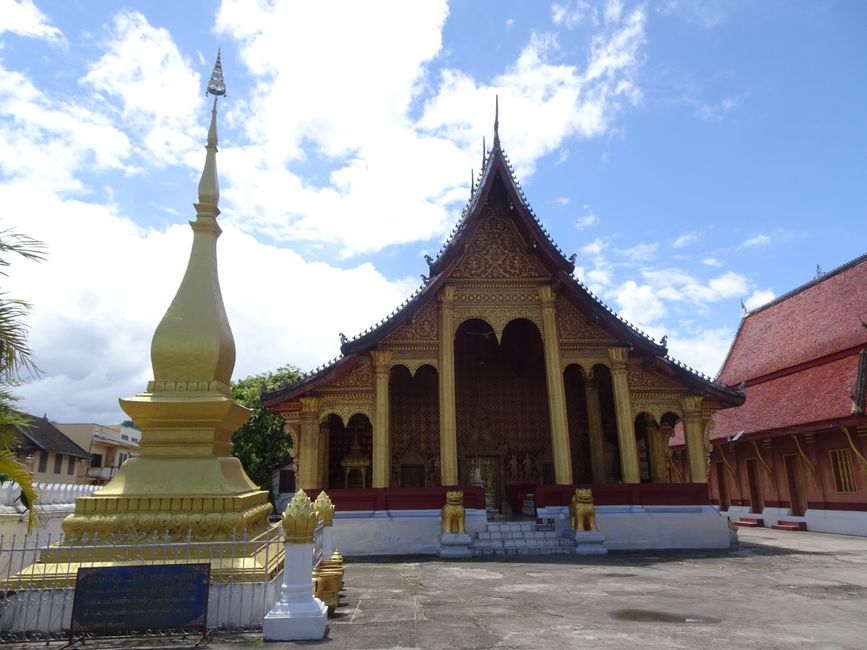
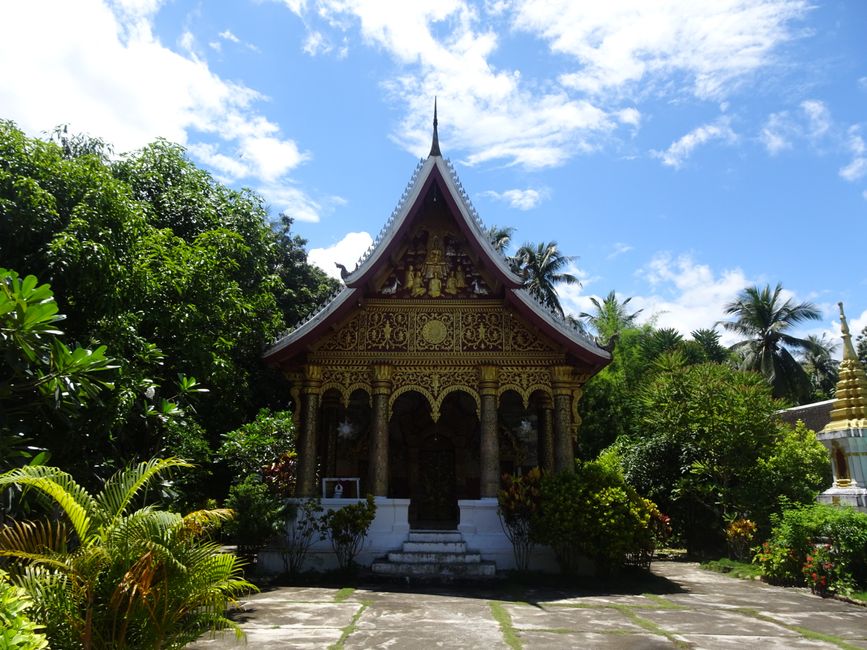
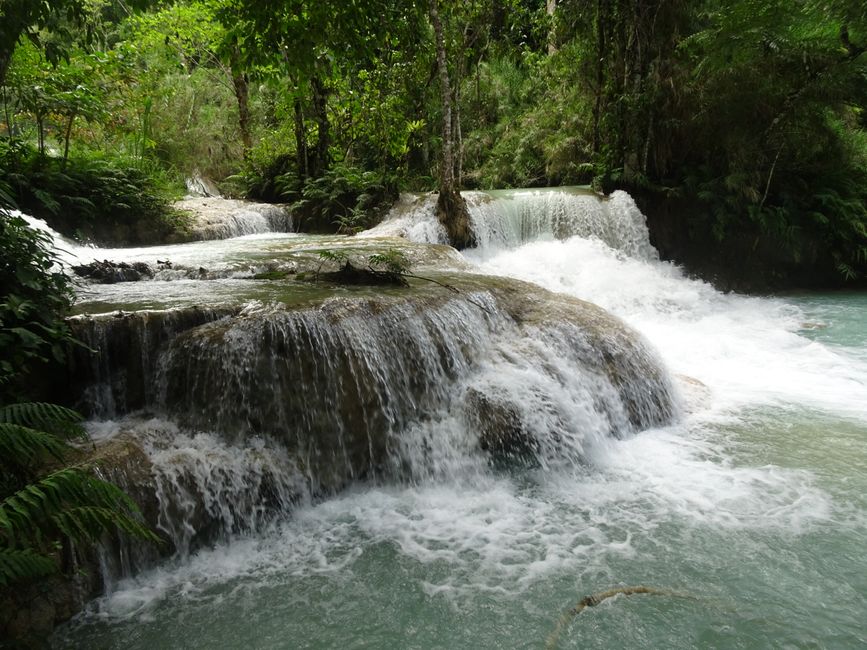
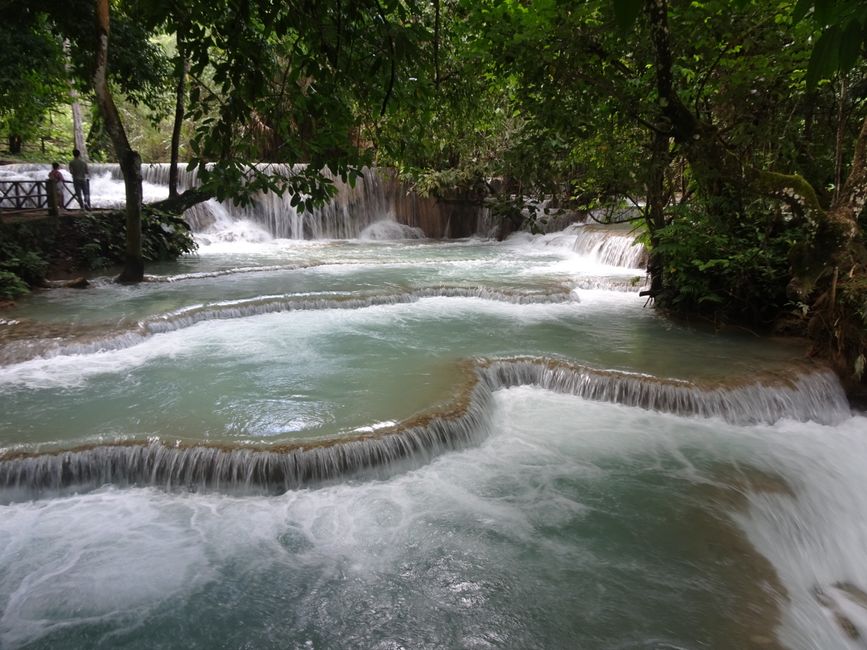
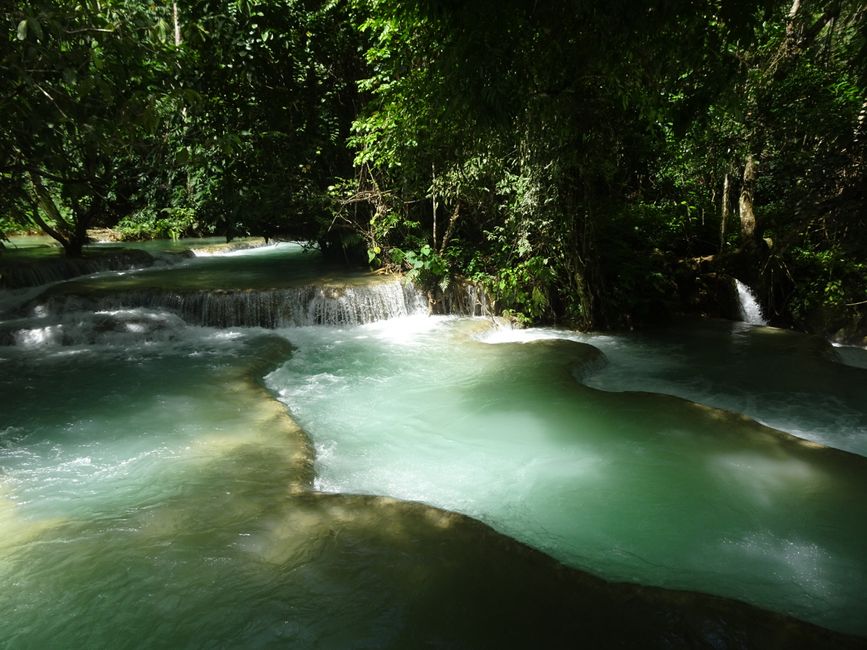
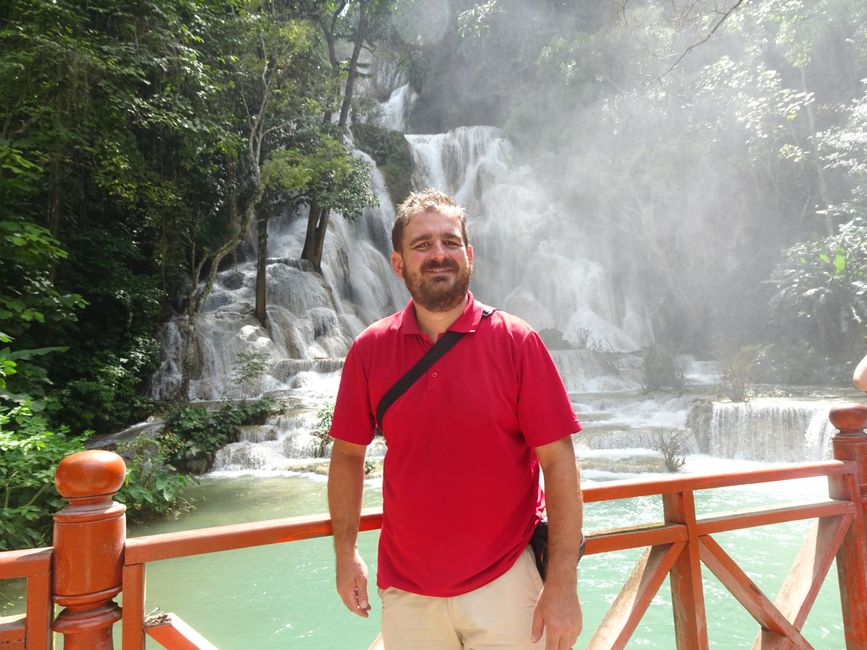
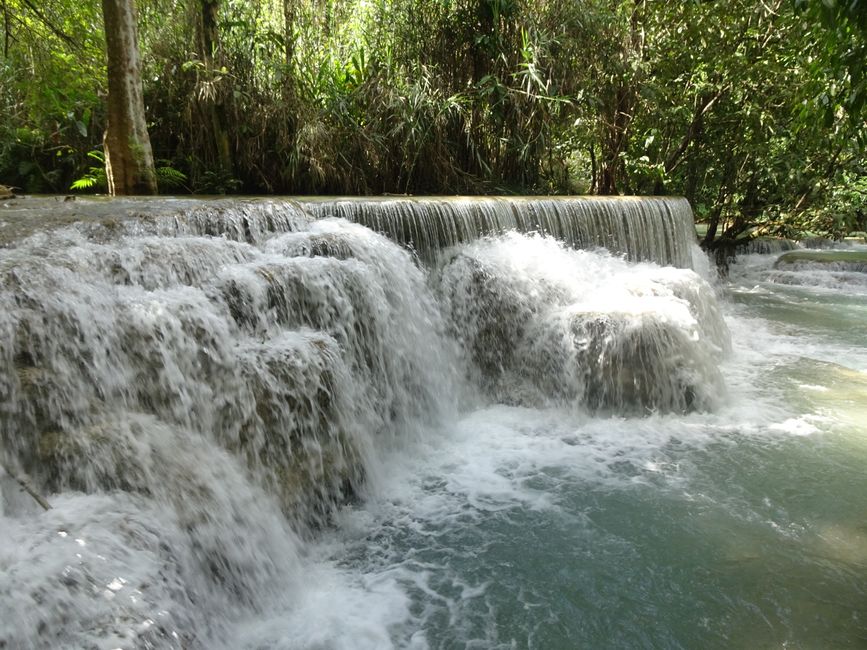
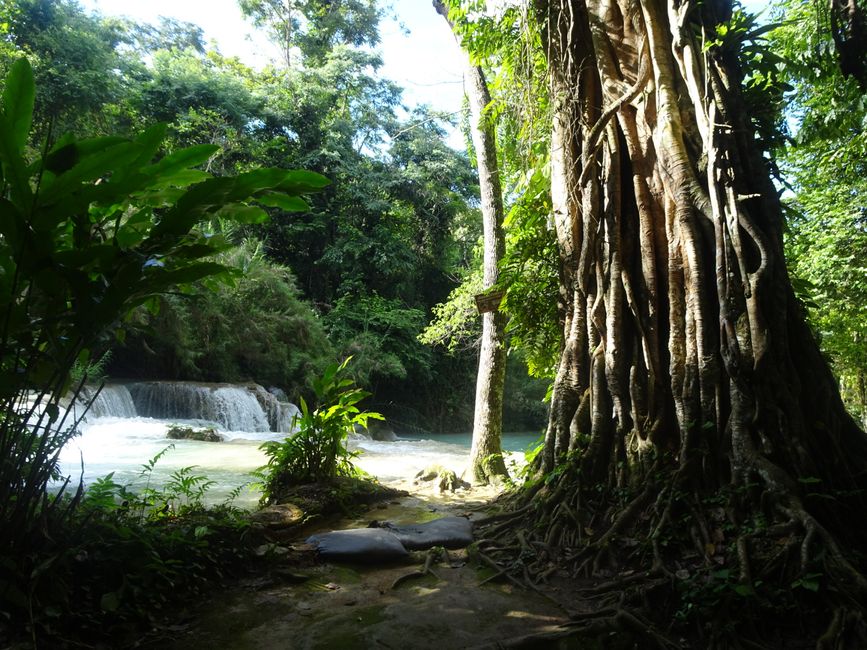
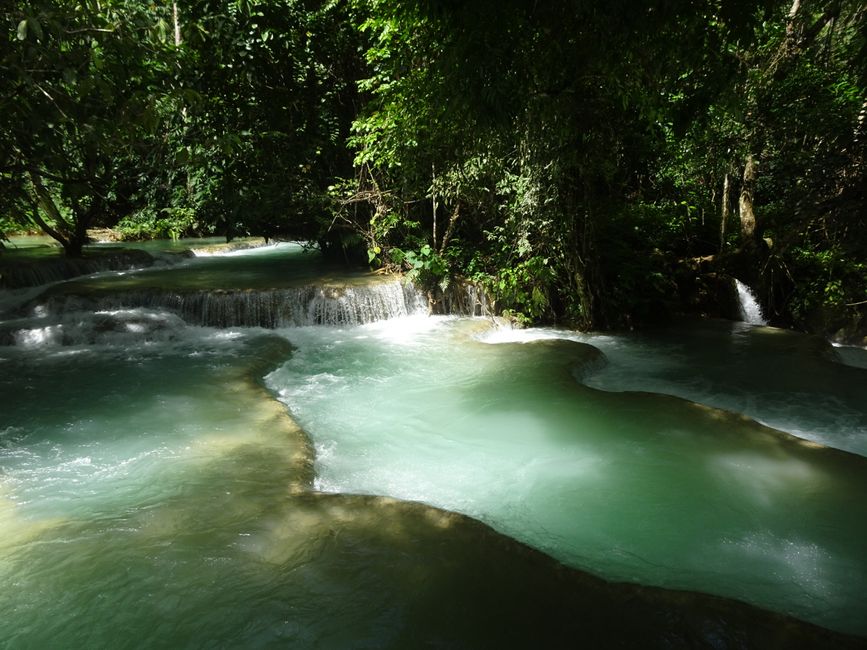
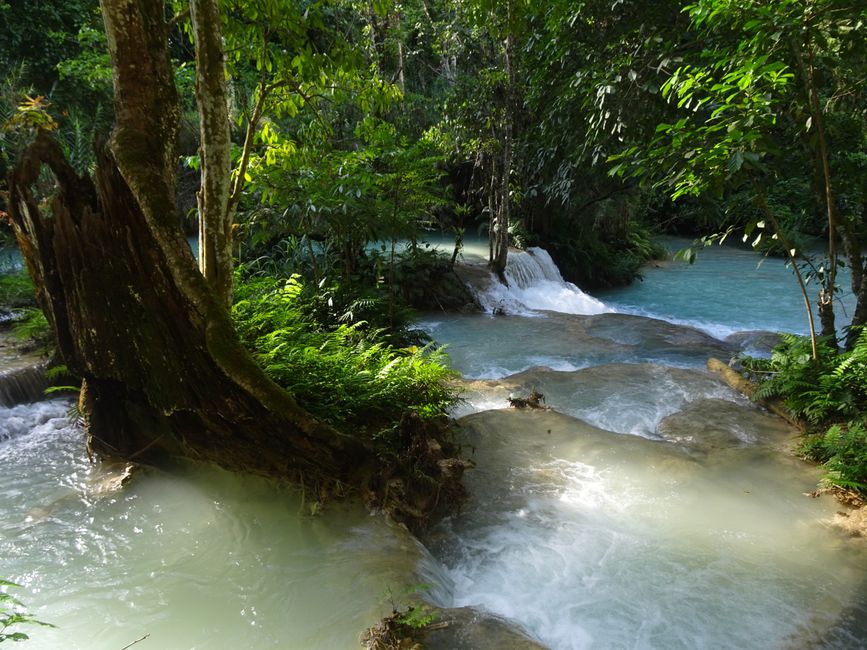
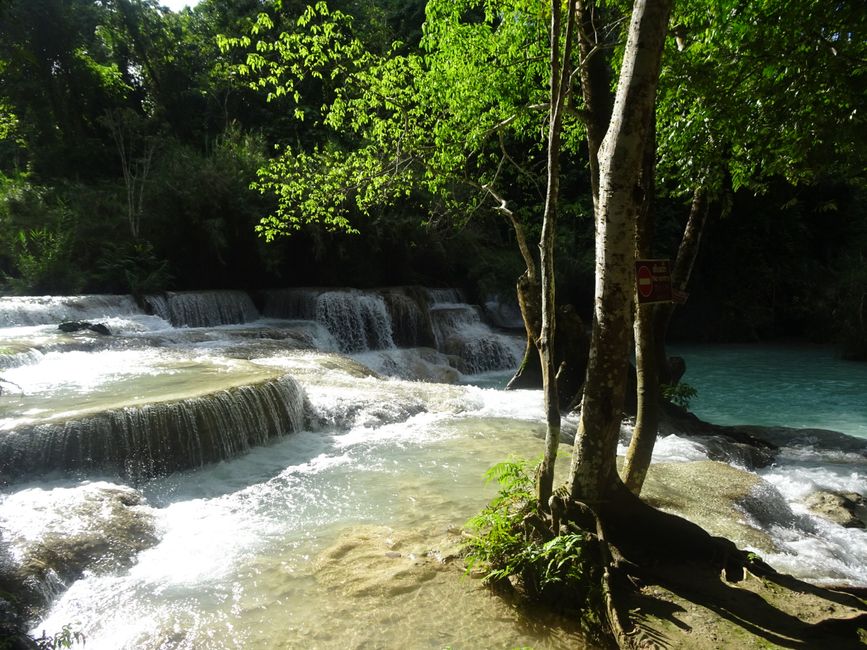

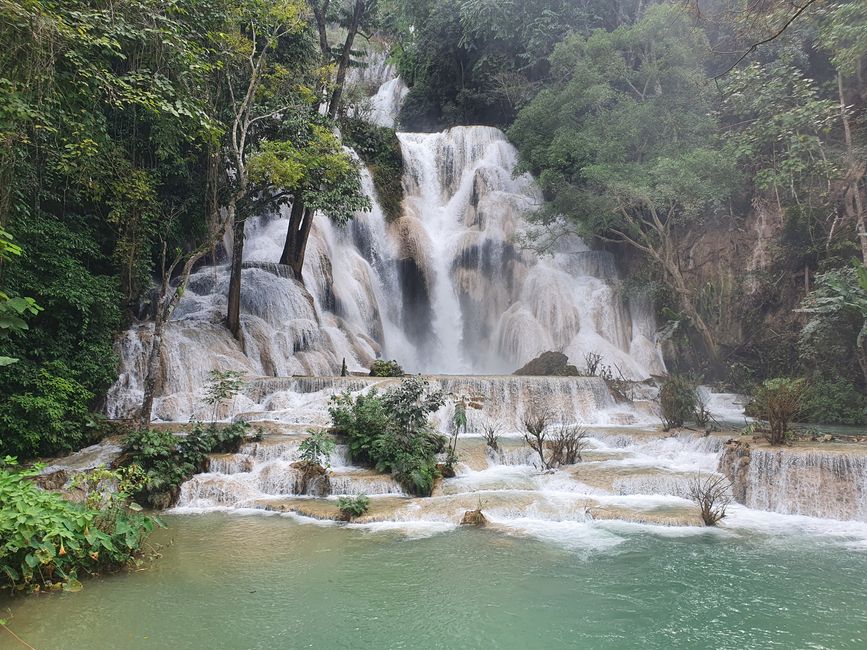
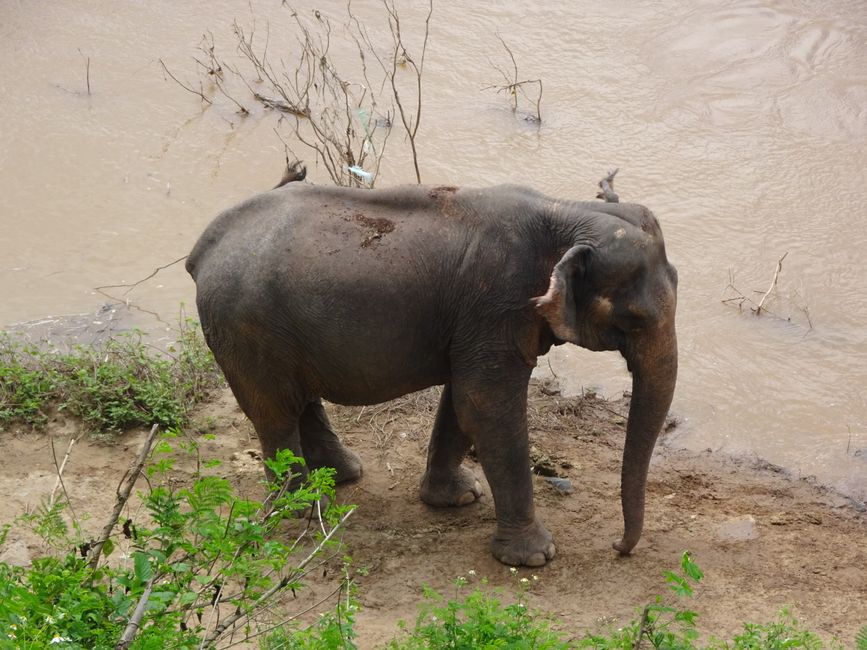
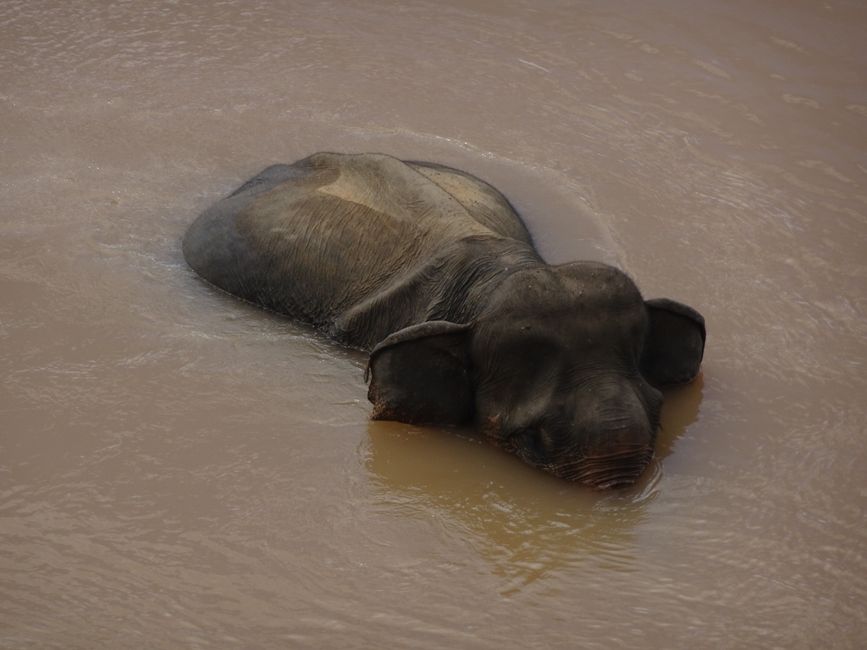
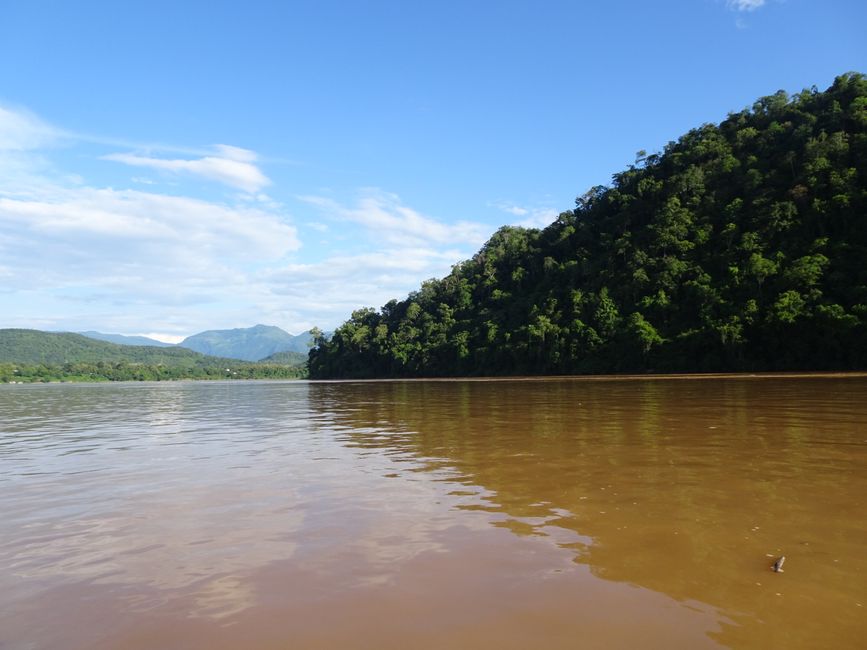
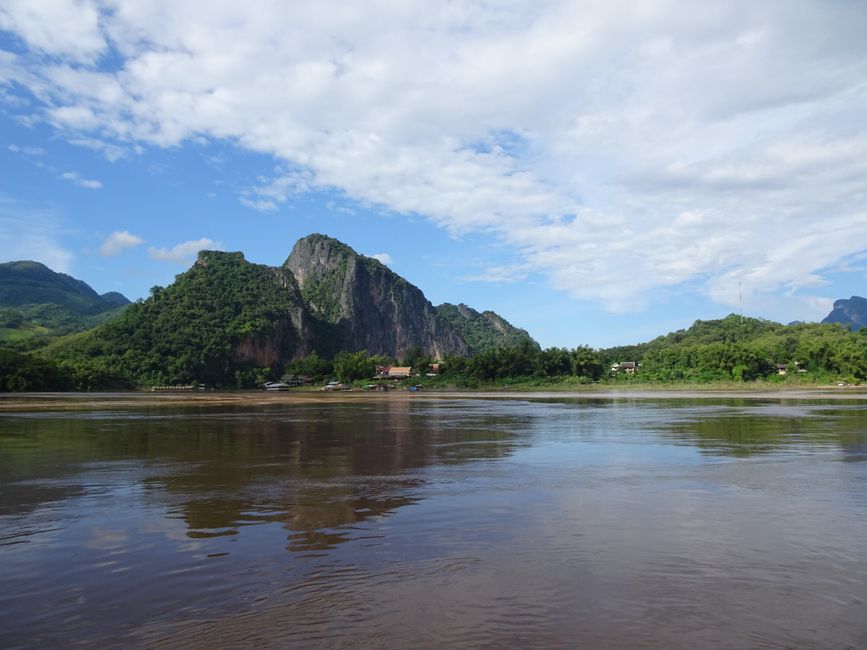
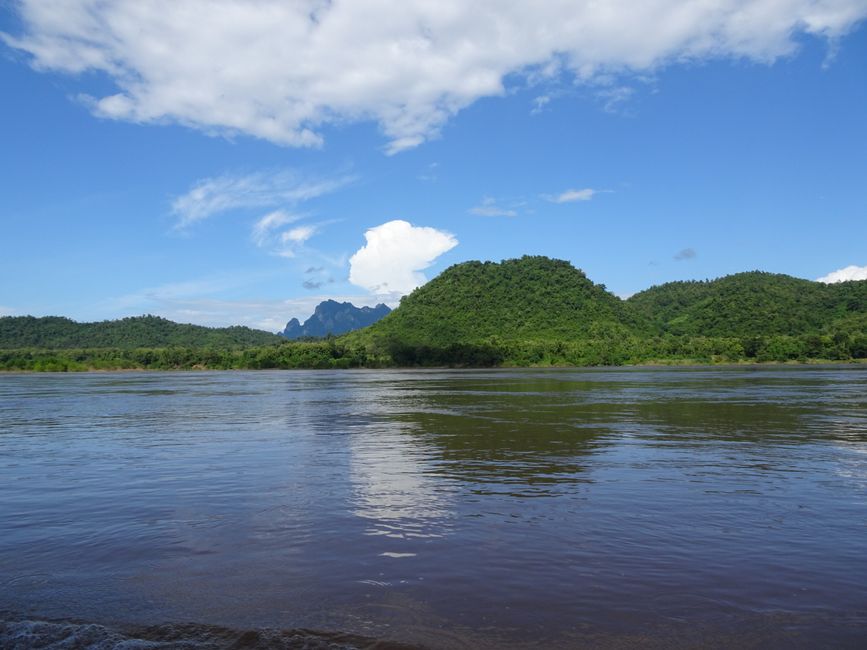
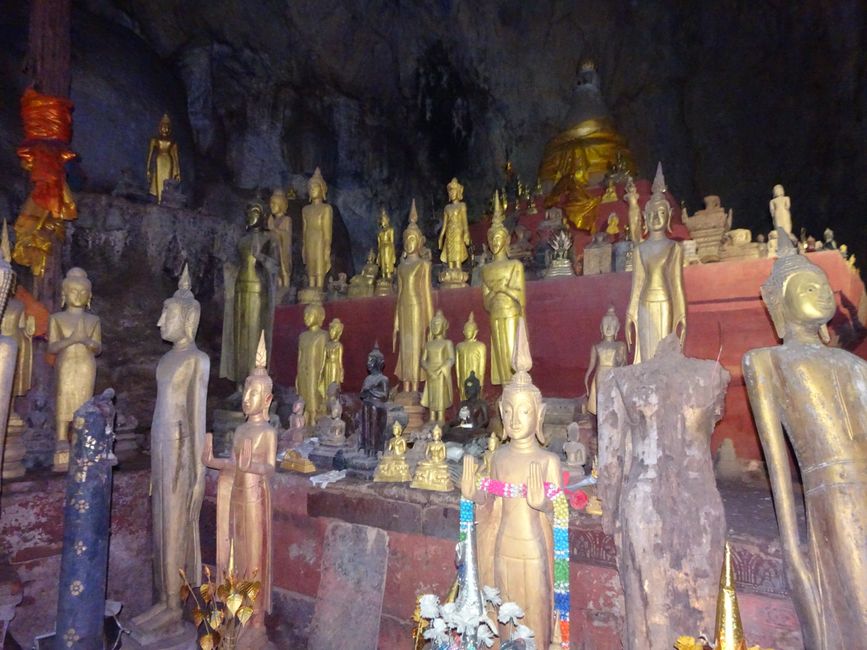
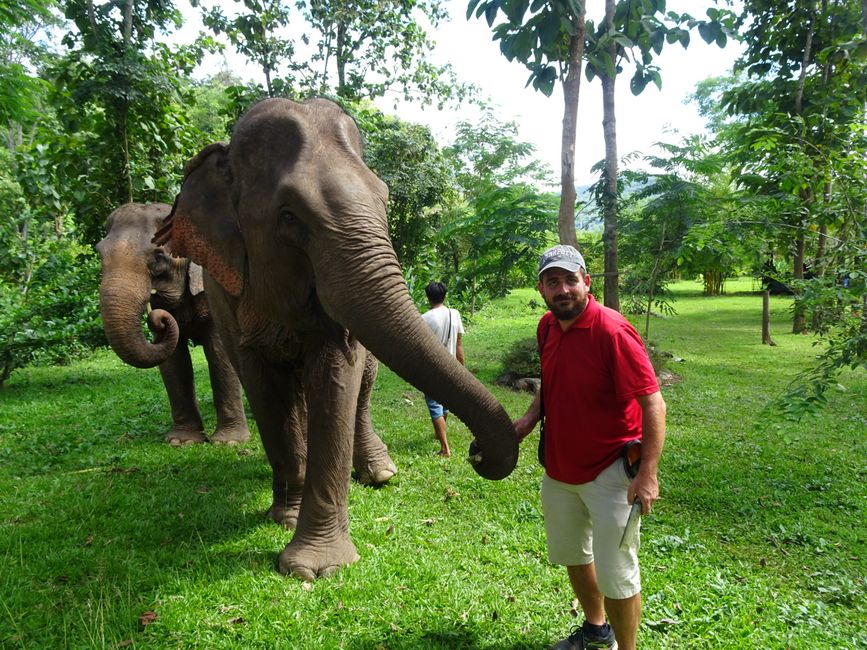
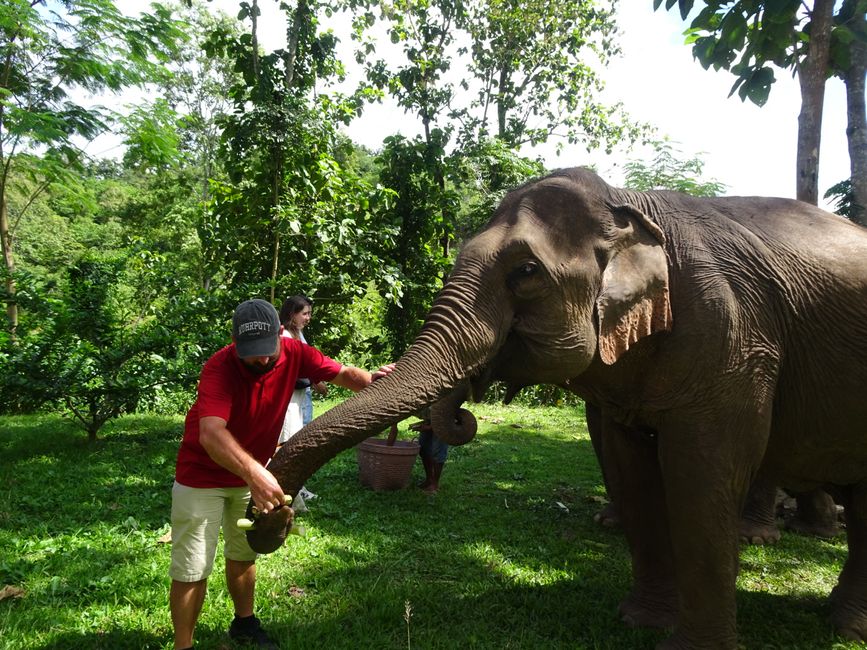
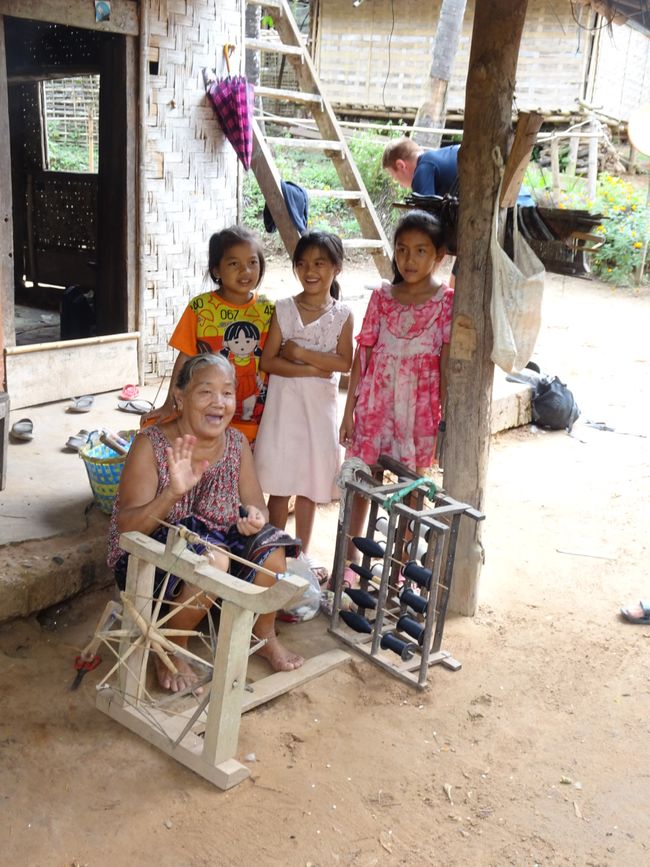
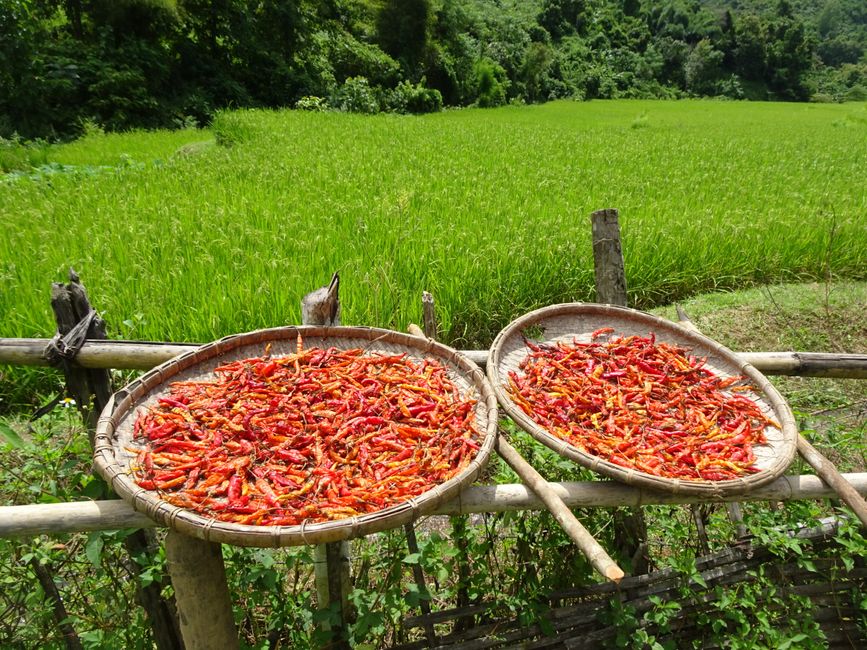
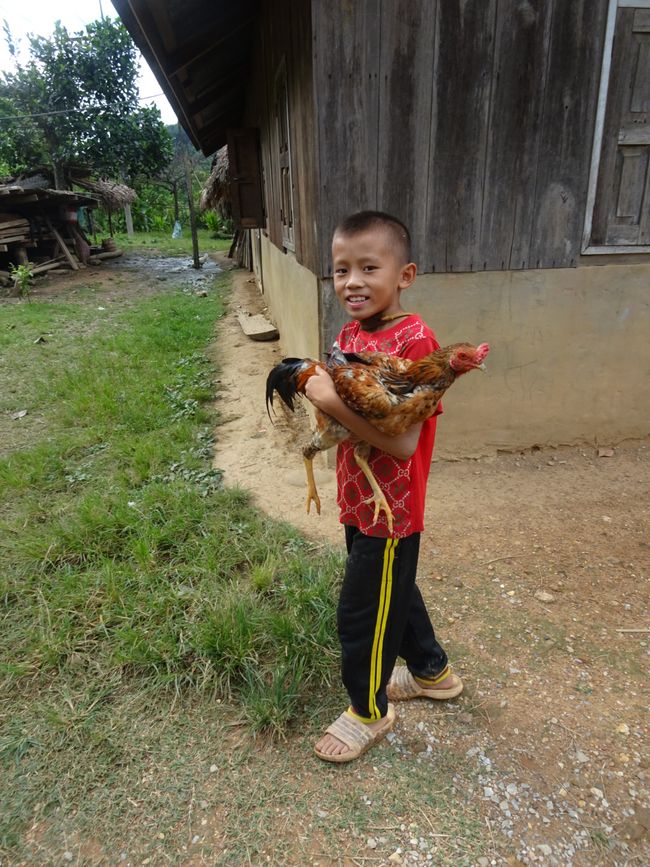
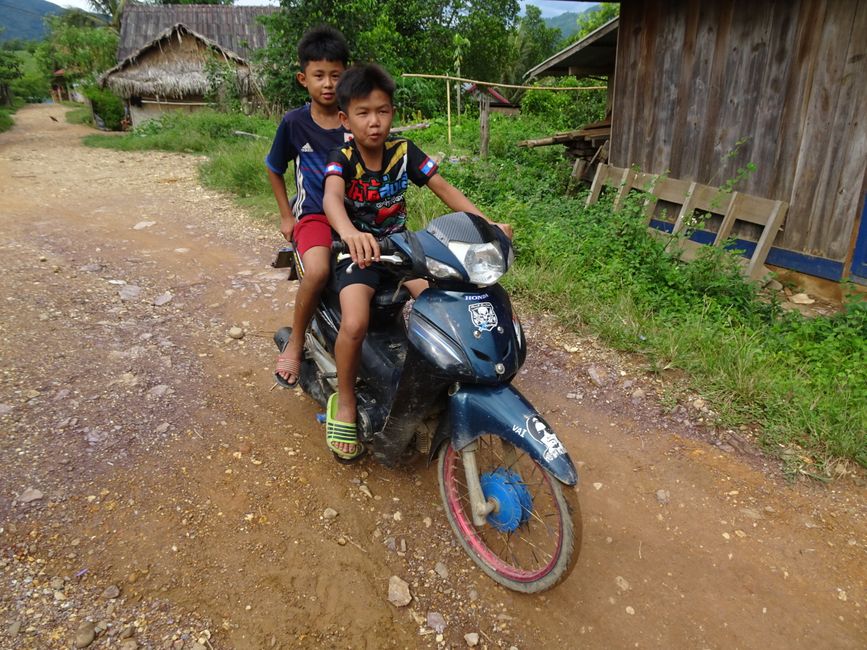
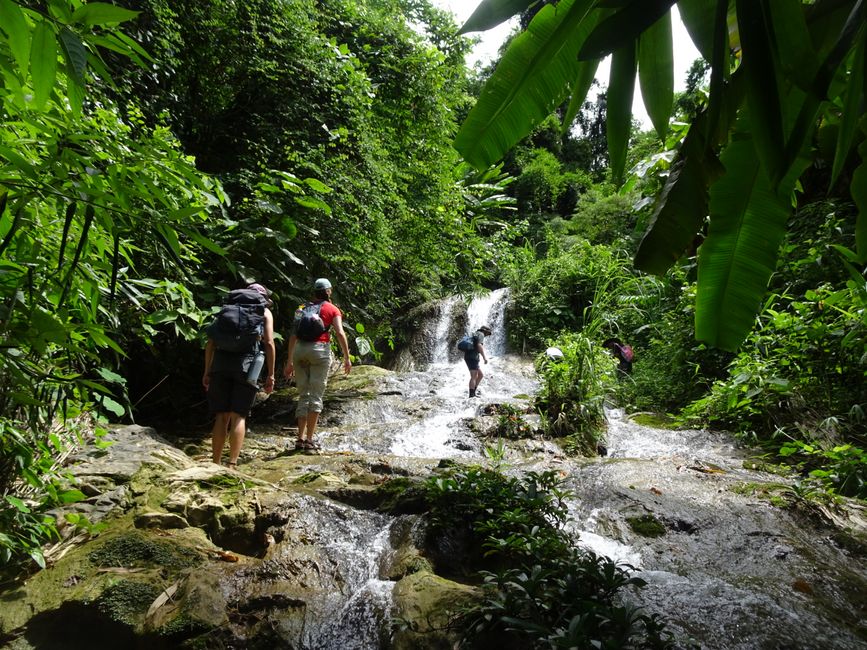
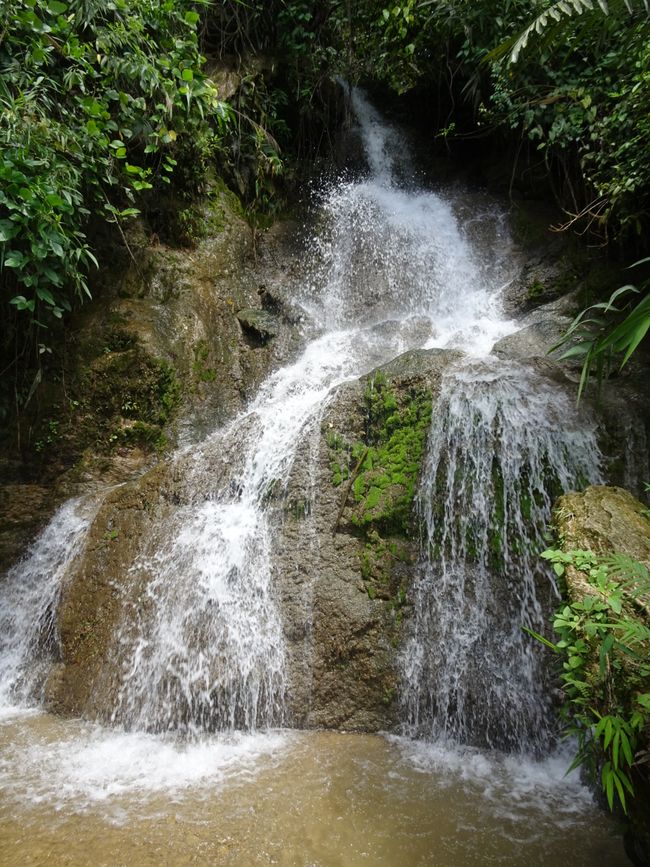
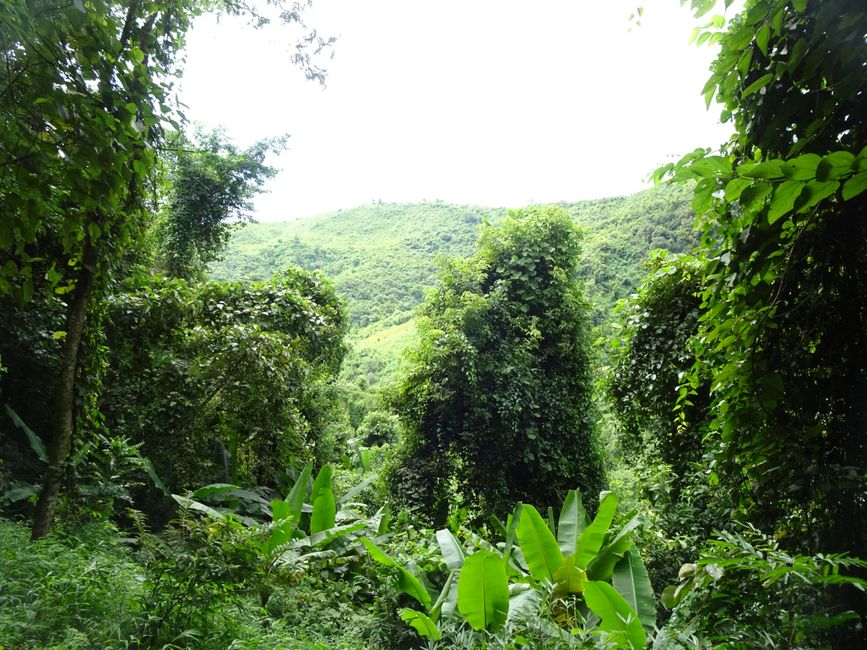
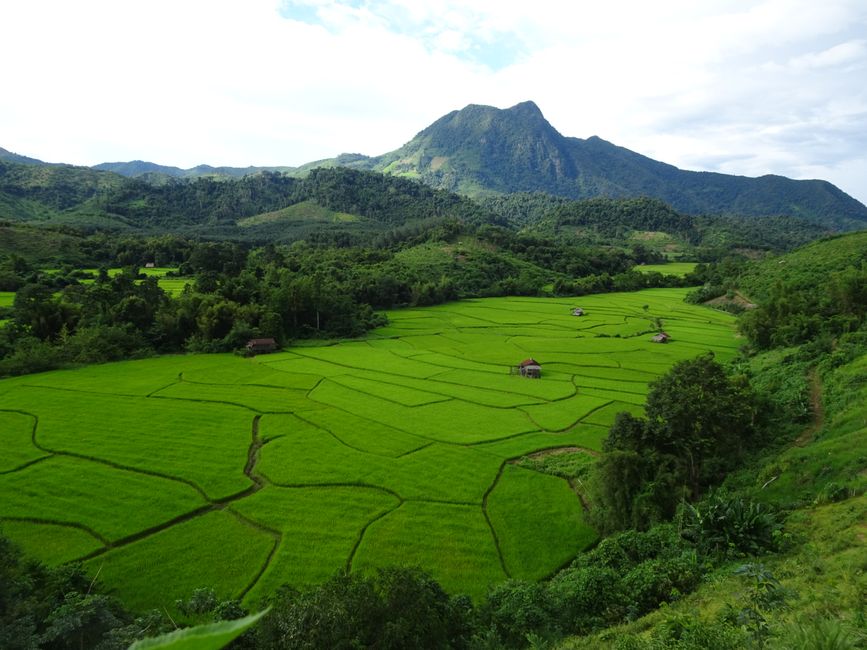
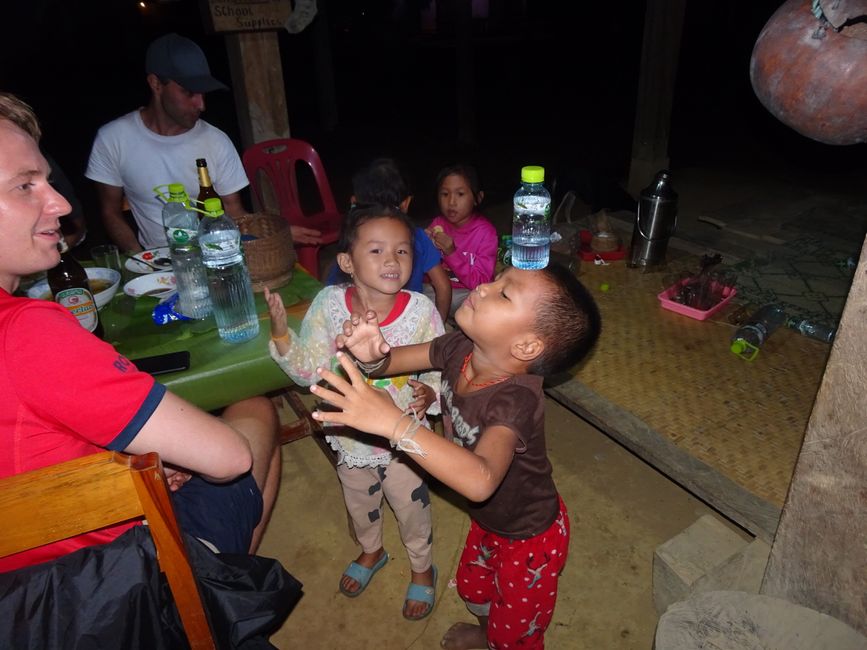
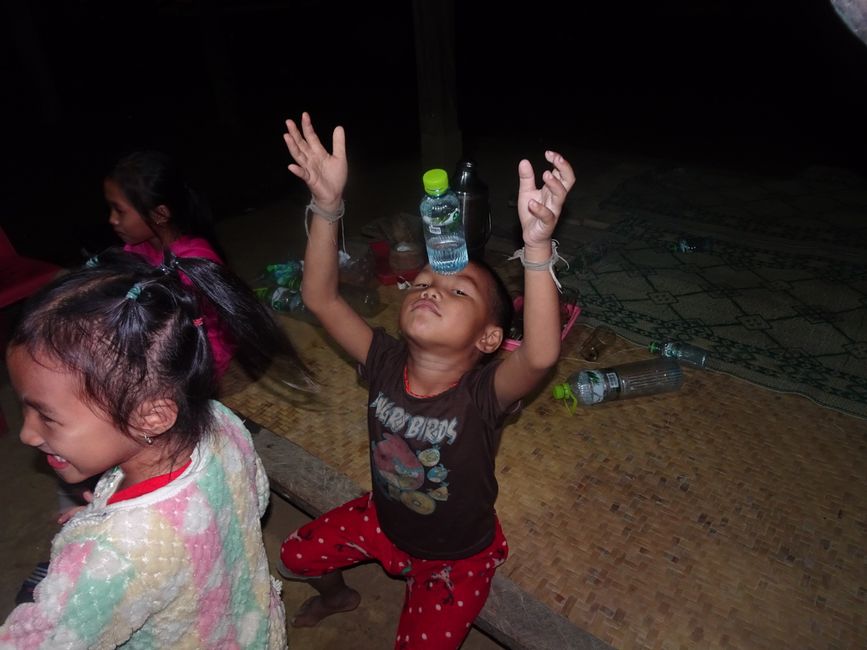
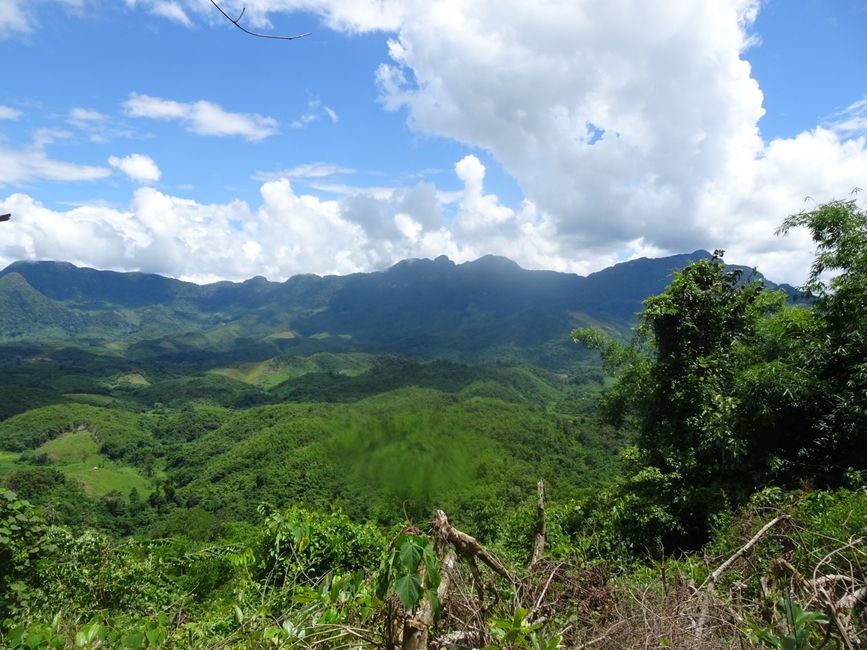
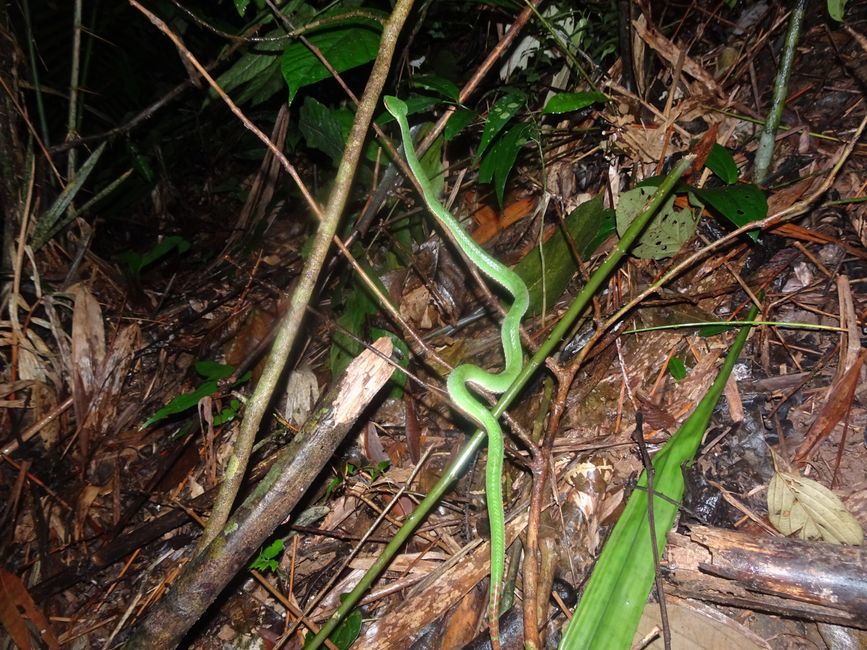
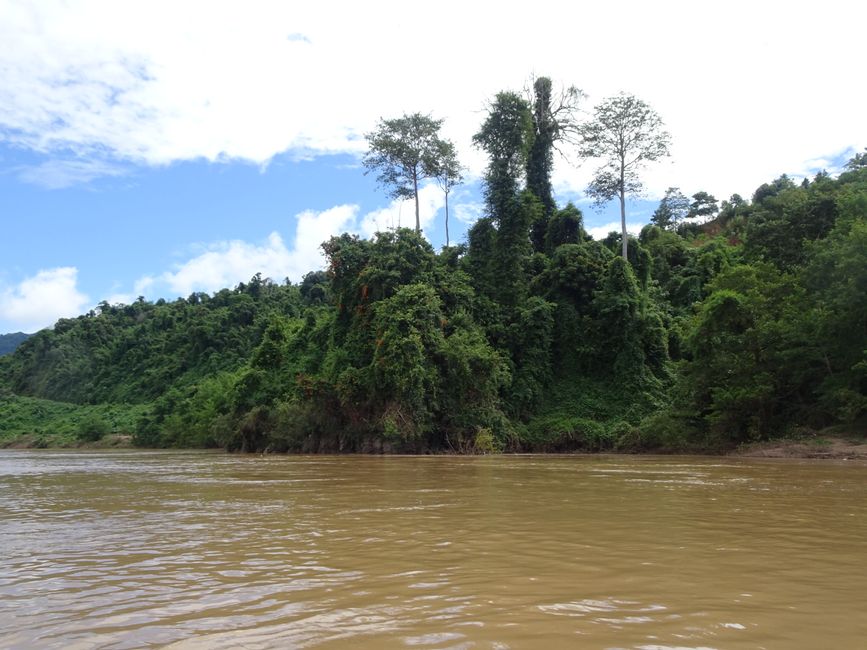
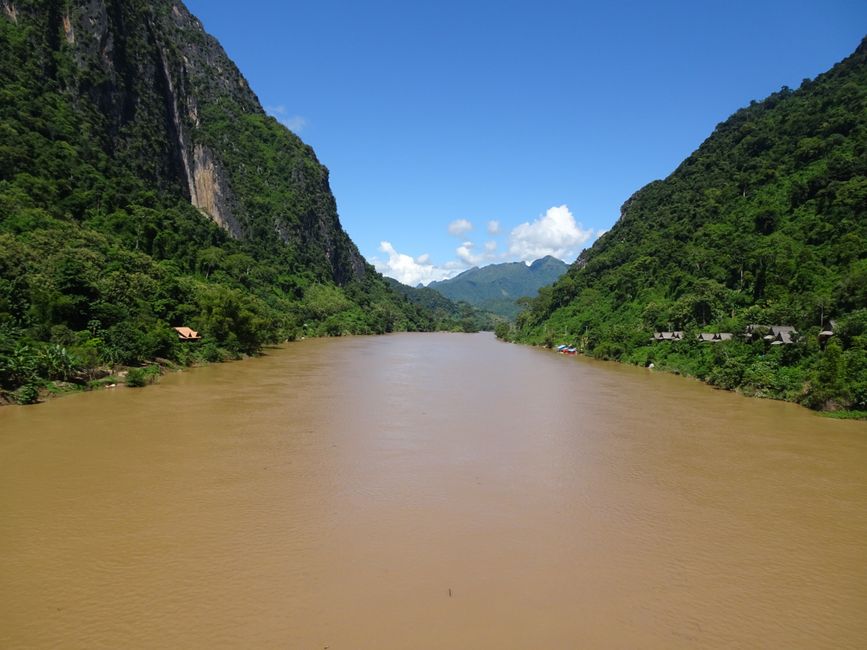
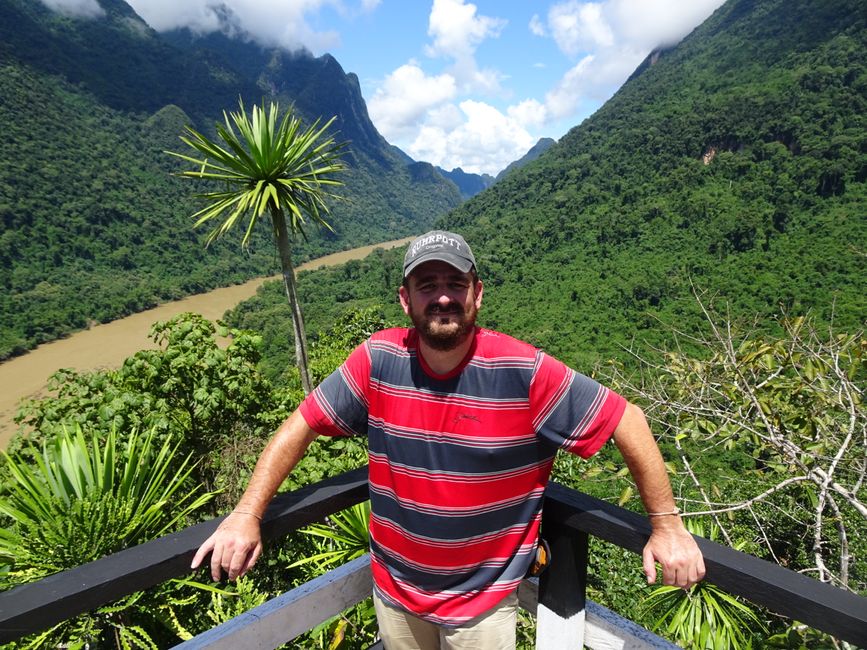
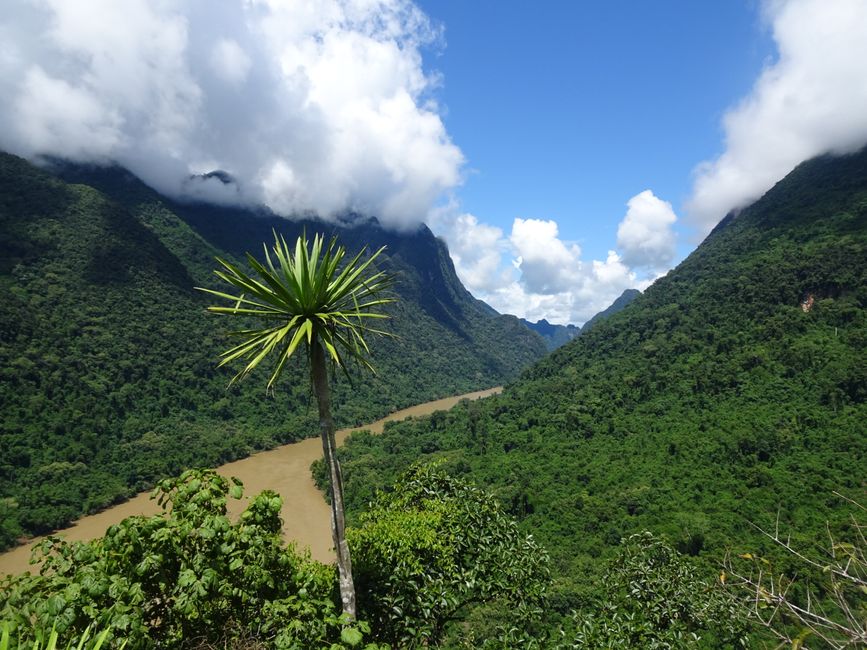
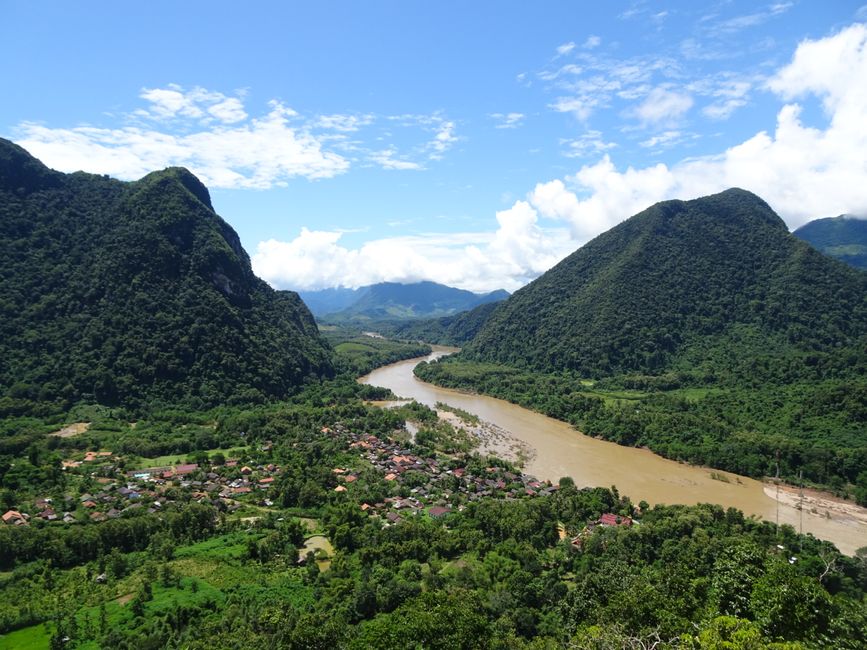
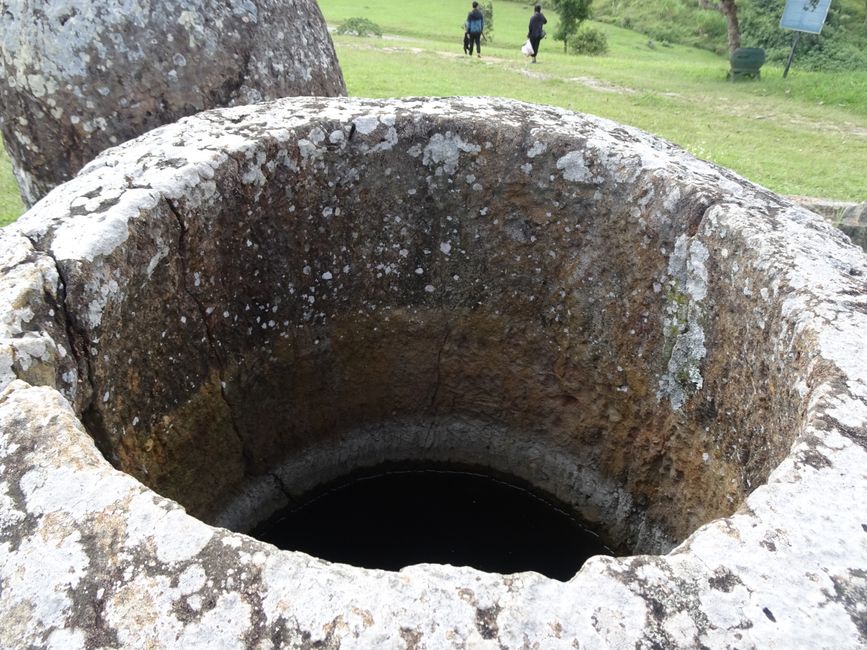
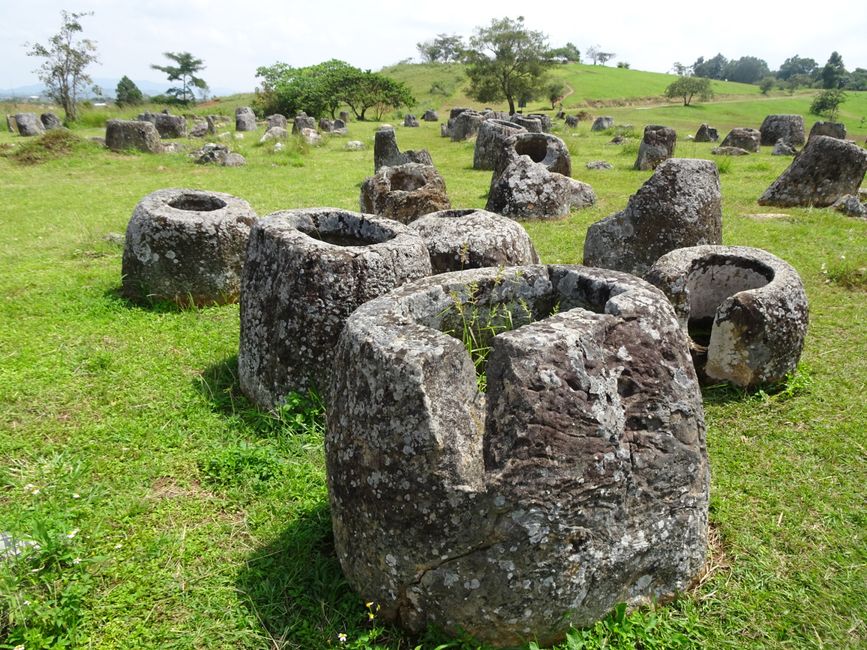
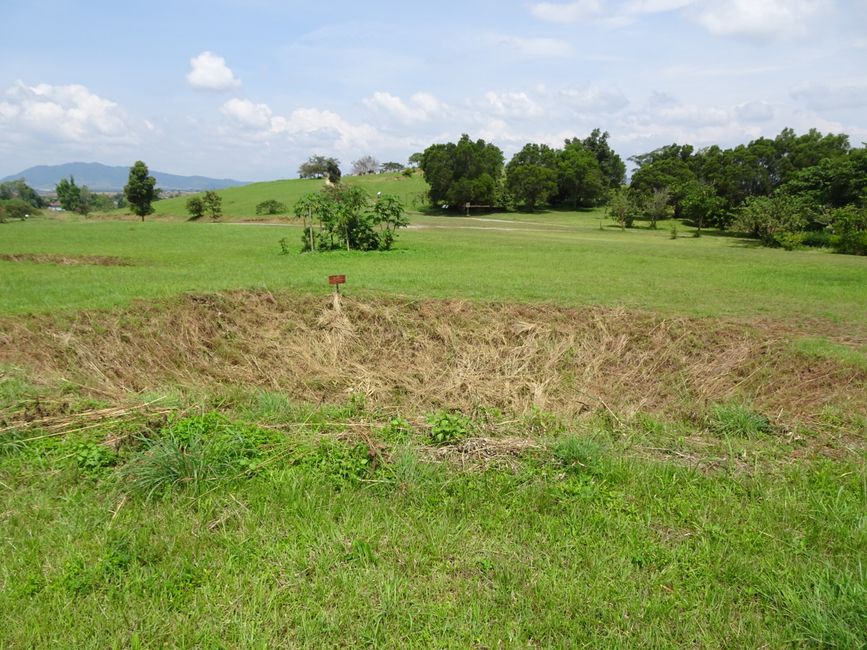
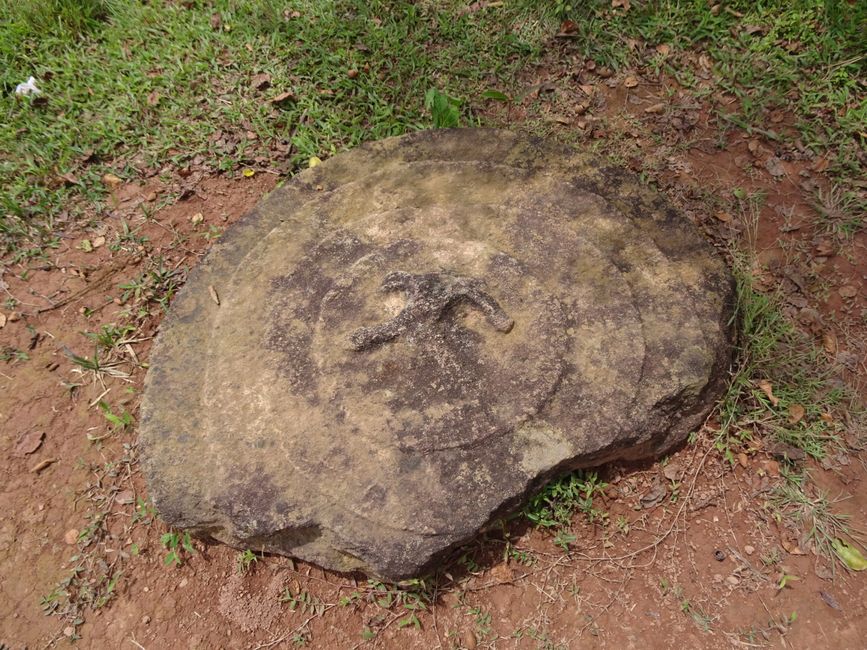
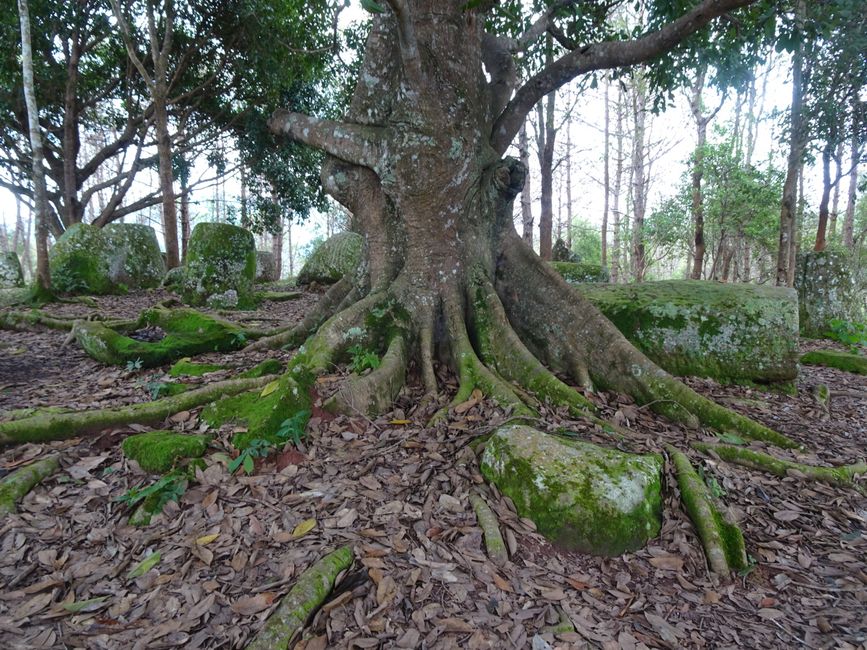
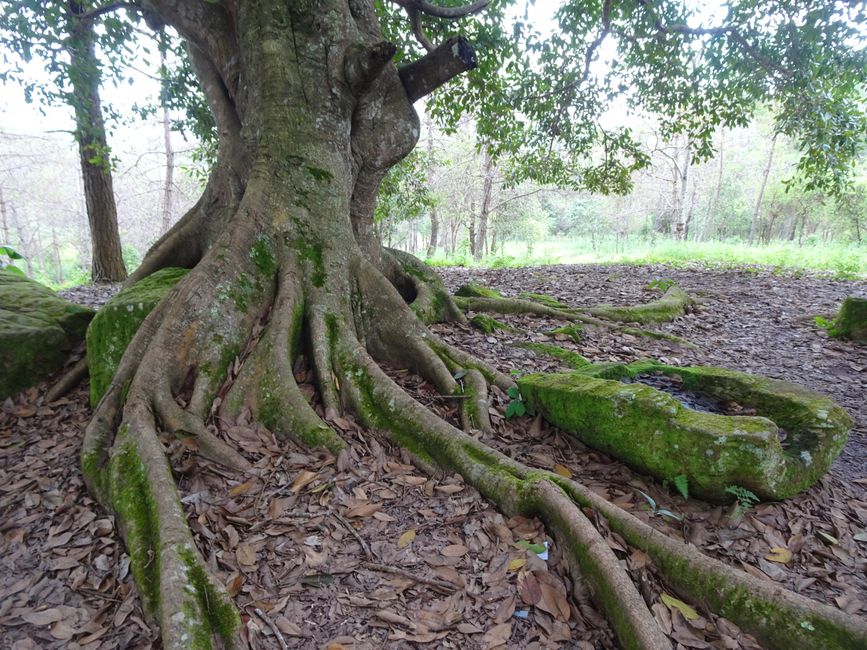
समाचारपत्रको सदस्यता लिनुहोस्
Unfortunately, AirAsia was unable to transfer my luggage from Kuching to Vientiane, the capital of Laos, via Kuala Lumpur. So I had to pick up my luggage in Kuala Lumpur around midnight and then check it in again in the morning. This unfortunately meant that I couldn't go to the hotel in the gate area, as I had to check in my luggage first. So I had to spend the night at the airport in Kuala Lumpur and arrived in Laos on the morning of September 8th exhausted. Since I could only check in at my hostel at 1 pm, I went into the city first. As expected, temples in the form of often very elaborate and opulent wats dominate the cityscape in Buddhist Laos. In addition, there are Buddhist cult buildings, called stupas, of which Vientiane has a particularly magnificent example with That Luang. After a rest after checking in, I took a tuktuk there. During the subsequent walk to Wat Sisaket, I had my first experience with the incredible hospitality of the people in Laos: When I was surprised by a rain shower and took shelter under the roof of a private house, a chair was immediately brought to me to sit on. The next day, I slept in and went out again in the afternoon. Overall, I have to say that Vientiane doesn't have much to offer as a city other than the mentioned temples. It is noticeable that Laos was once a French colony, with French signage that hardly any Laotians understand and culinary peculiarities such as baguettes and croissants.
On September 10th, I continued by minibus to Vang Vieng, beautifully situated on the Nam Qong River. Until 2012, the town was a notorious party location for mostly very young backpackers. They would float down the Nam Qong on truck tires while being supplied with alcoholic drinks and more by small bars every few meters. But after 29 tourists died in 2012, either drowned while intoxicated or from a drug overdose, the Laotian government put a stop to it and closed all the bars directly on the Nam Qong. Tubing is still offered, as is kayaking. Vang Vieng seemed rather sleepy to me, and most of the restaurants were almost empty. This was of course also due to the monsoon, which doesn't end here until later in October. In the evening, the owner of the restaurant where I was eating surprised me with perfect German with a Baden accent! As a child, he left Laos with his parents and moved to Germany. He lived there for 40 years near Freiburg before returning to his birthplace Vang Vieng in Laos 15 years ago and opening the restaurant there. According to him, he is one of only ten German citizens permanently living in Laos. I couldn't miss the excellent schnitzel and Kaiserschmarrn there, of course! On September 11th, I rented a mountain bike and took a trip to the rice fields and the beautiful karst landscape on the other side of the river. Only the first part of the route was paved, and the paths were very muddy in many places, so I was soon covered in mud from head to toe. In the villages, I was an attraction for the children! They ran to the roadside to give me a high-five. It should be noted that Laos opened its borders to tourists as one of the last Southeast Asian countries after over two years in May 2022. That was the beginning of the rainy season in Laos, and accordingly, few tourists traveled to the country. Therefore, I was certainly the first Western person many of the younger children had ever seen.
On September 12th, I continued by train to Luang Prabang, the historic capital of Laos, a UNESCO World Heritage Site, and one of the country's biggest tourist attractions. And rightly so! Over the next four days, I was able to enjoy one of the most beautiful cities in Southeast Asia! A perfect mix of fantastic wats with the flair of French colonial buildings and the fantastic location on the Mekong River! I stayed in the city for the first day and a half, visited the various temples, the Royal Palace, and the night market, all of which were right next to my guesthouse. However, I skipped a visit to the German butcher shop, where you can buy Leberkäse and Nürnberger bratwurst, among other things! The German butcher must then be the number 2 of German citizens living in Laos! On September 14th, I rented a scooter, waited for a brief rain shower in the morning, and then drove to the Kuang Xi Waterfalls. Picturesquely located in the jungle, I walked past smaller waterfalls with bathing spots to the largest waterfall at the highest point. Due to the rainy season, the waterfalls had a lot of water and were very spectacular! Some bathing spots were closed due to the water level. I spent several hours there, went swimming twice, and then returned to Luang Prabang around five in the evening. The next day, I crossed the Mekong by ferry in the morning and took a short hike from temple to temple on the north side of the river. At noon, I was picked up at my accommodation for a guided half-day tour on the Mekong, which included a longer boat trip on the river, a visit to a cave with thousands of Buddhas, tasting Lao whiskey (more like Lao rice schnapps), and feeding elephants. During our lunch break, we were incredibly lucky to see wild elephants on the Mekong.
On September 16th, I unfortunately had to say goodbye to Luang Prabang and took a minibus further north to Nong Kiao, which I reached after nearly five hours during the heaviest downpour of my trip so far. Fortunately, I insisted that my large backpack be transported in the minibus and not on top of it, as the driver wanted. When the rain had calmed down in the afternoon, I took a walk through the village, which is spectacularly located on the Nam Ou River, and organized a two-day trek in the jungle with an overnight stay in a tiny village for the next two days. So I was traveling in a group of twelve tourists and Tom, the local guide, for the next two days. The tour was very challenging and relatively difficult! On the first day, a longer part of the route ran up a river, the so-called '100 waterfalls'. After a lunch break below the last, the 100th waterfall, where we could cool off, we went steeply downhill on paths slippery from the previous day's rain. We reached the village in the late afternoon, where we were supposed to spend the night! And so we were able to experience how the approximately 50 people there live permanently for one evening and one night: The whole village consists of a few wooden huts on stilts. There, people sleep on thin mattresses on the floor relatively close together with mosquito nets! Of course, the same applied to us. The whole village has three pit toilets and two showers. The showers work like this: Rainwater is collected in a concrete basin. However, when showering, you don't stand in the basin, but next to it, scoop up the water from the basin, and pour it over your body! And as I said, we didn't have any other toilets and showers available! Nevertheless, we had an enjoyable evening. The traditional Laotian home-cooked food we were served was delicious and plentiful, as was the 'laolao,' the locally brewed rice schnapps! The children of the village were very curious and kept us company in the hope of getting cookies or other sweets from us. The next day, after breakfast, we continued! Six hours of constantly going uphill and downhill through the jungle in high humidity. As a highlight, we saw a venomous white-lipped bamboo pit viper. The paths were incredibly muddy, slippery, and full of leeches. Almost everyone had their experiences with them, and in total, about five of them attached themselves to my legs. I was able to remove about 30 of them in time. All in all, I had to conclude that this two-day jungle trek was more intense and strenuous for me than climbing Mount Kinabalu, which is over 4,000 meters high, in Borneo! On September 19th, I took a boat ride for an hour and a half on the Nam Ou to the picturesque village of Muang Ngoi Kao. In the village, I took a walk to a viewpoint. Then I returned, and in the evening, I took a night bus to the east, to Phongsavan. The city of Phongsavan is known for the nearby 'Plain of Jars,' where huge quantities of clay pots up to two and a half meters high are simply lying around in the area, some of them 2,500 years old. On September 21st, I visited these jars, which are easily accessible by rental scooter. The resulting pictures are truly surreal: It seems as if a horde of giants had a drinking spree there! Among the jars, you can also see small craters created by American bombs from the Second Indochina War (better known as the Vietnam War). It's incredible but true: Laos was bombed more heavily than Vietnam itself and is thus the most heavily bombed country ever! For this reason, I also visited the regional museum, which provides a good overview of Laos' role during this time.
On September 22nd, I finally took an eleven-hour bus ride back to Vientiane, where I spent my last evening in Laos. On September 23rd, I slept in, was in the city again, and took a tuktuk to the airport in the evening. Overall, I must say that in these 16 days, I was able to get to know an incredibly beautiful country with very warm-hearted people, which is in the shadow of its neighboring countries Thailand, Cambodia, and Vietnam in terms of tourism. This may make it the most authentic country in this region! The rainy season didn't bother me much. I would have liked to stay longer, but my flight from there to Nepal had been booked for a long time. I would be very happy if I could come back to this incredibly hospitable country someday.
समाचारपत्रको सदस्यता लिनुहोस्
जवाफ (1)
Jan-Ove
Hammergeiles Land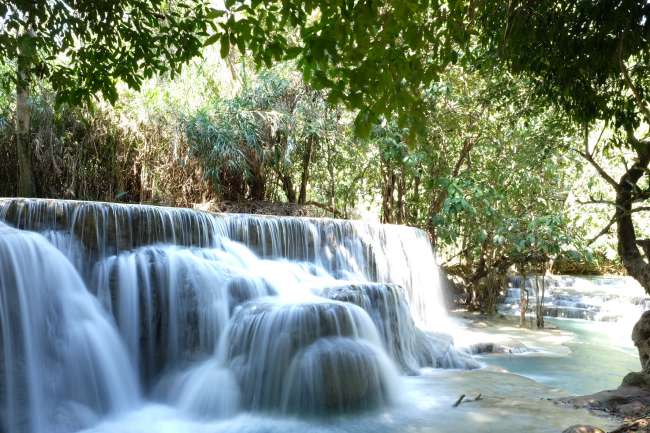
यात्रा रिपोर्टहरू लाओस
